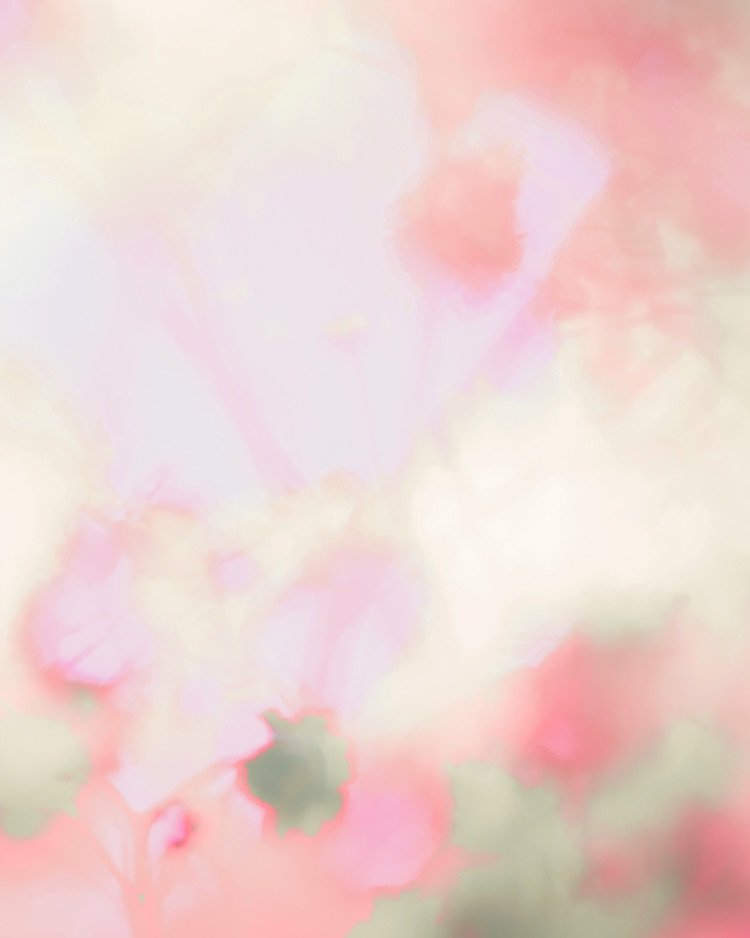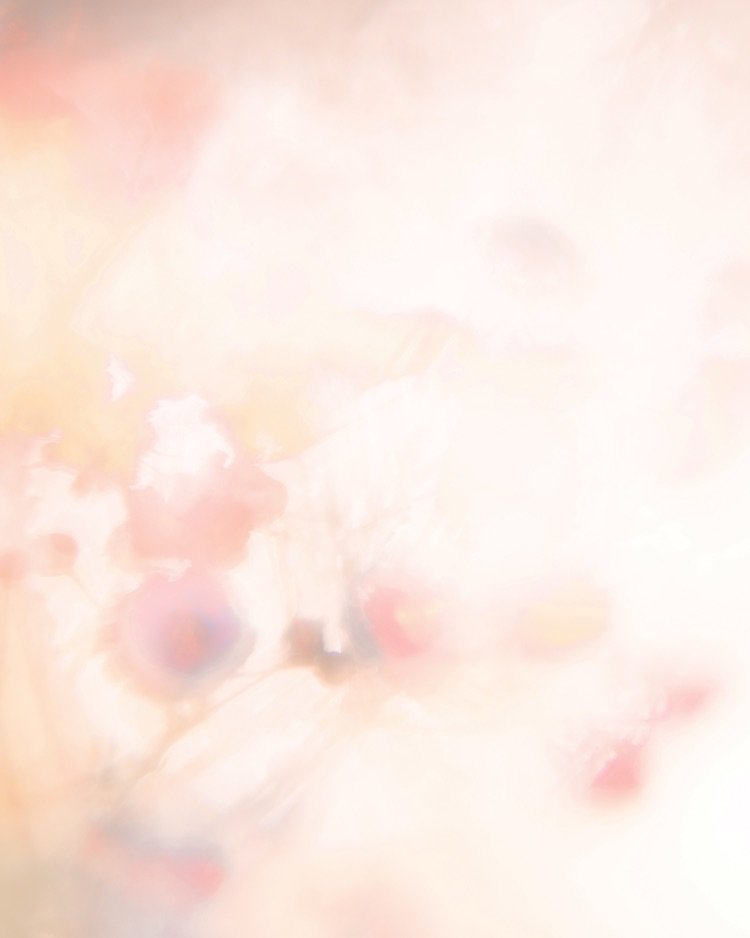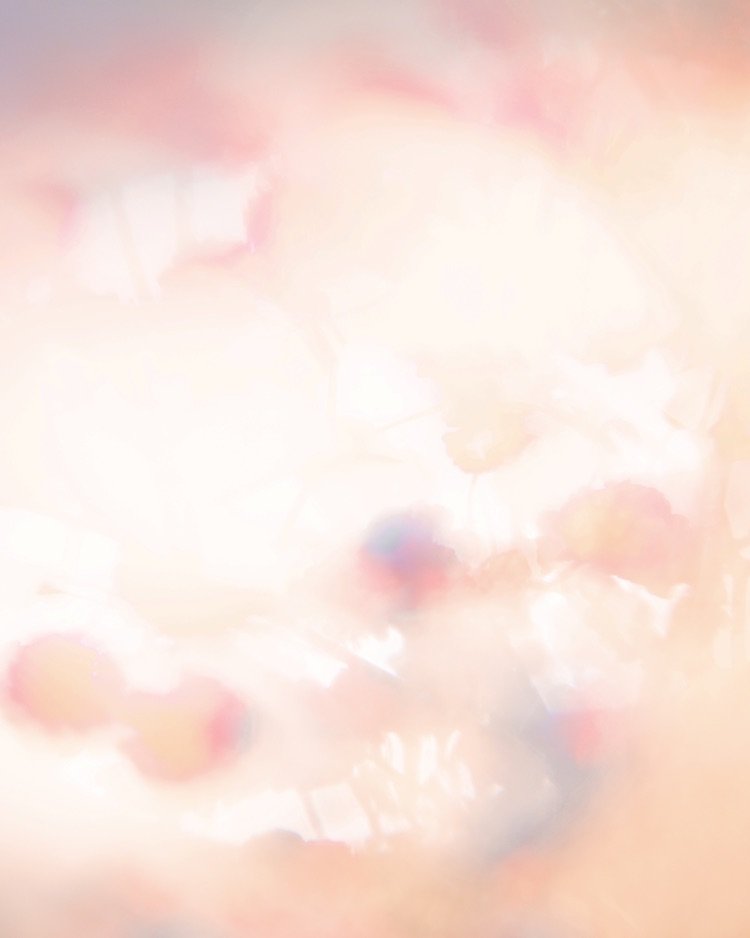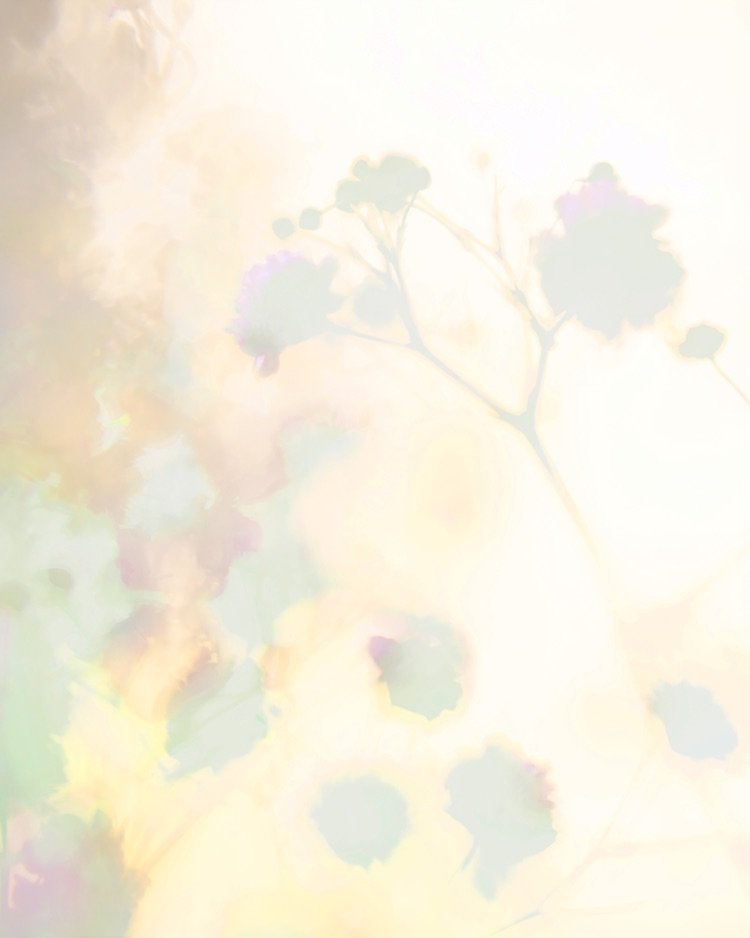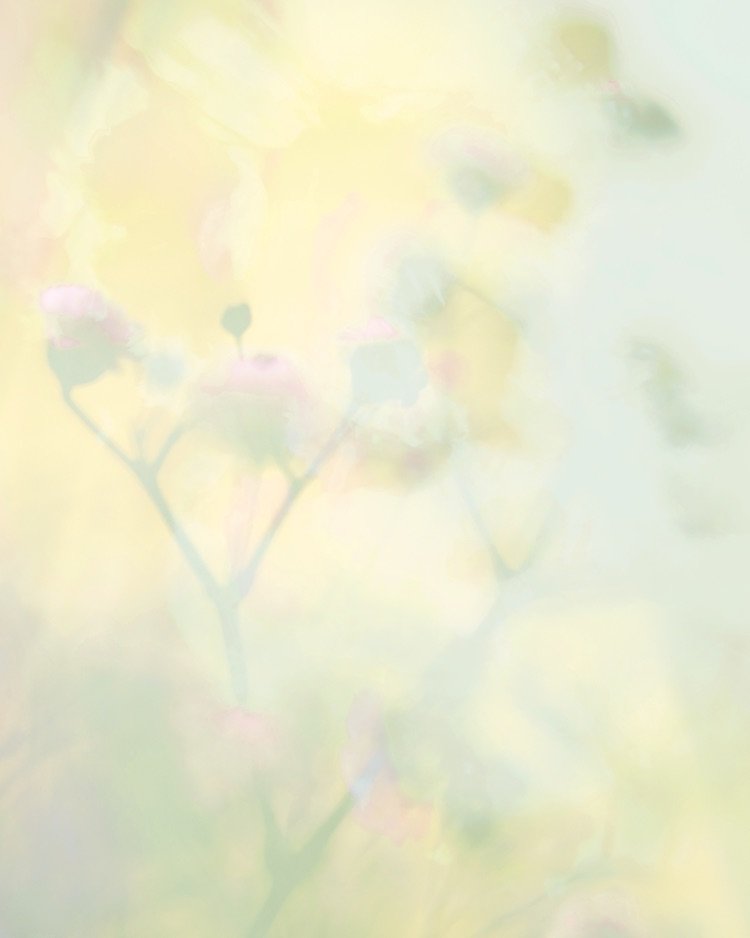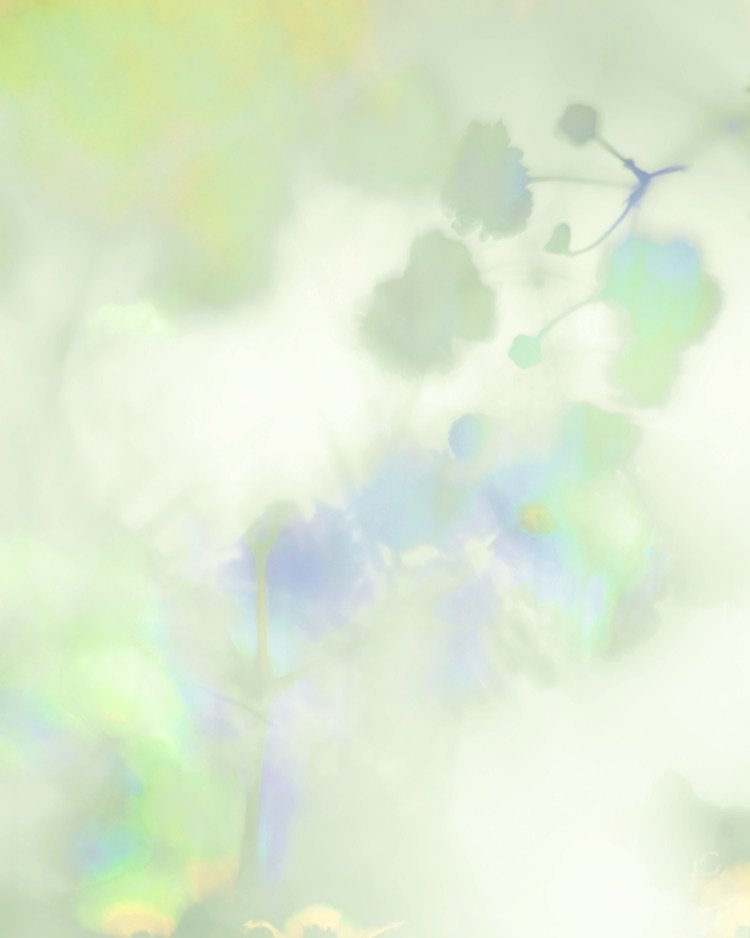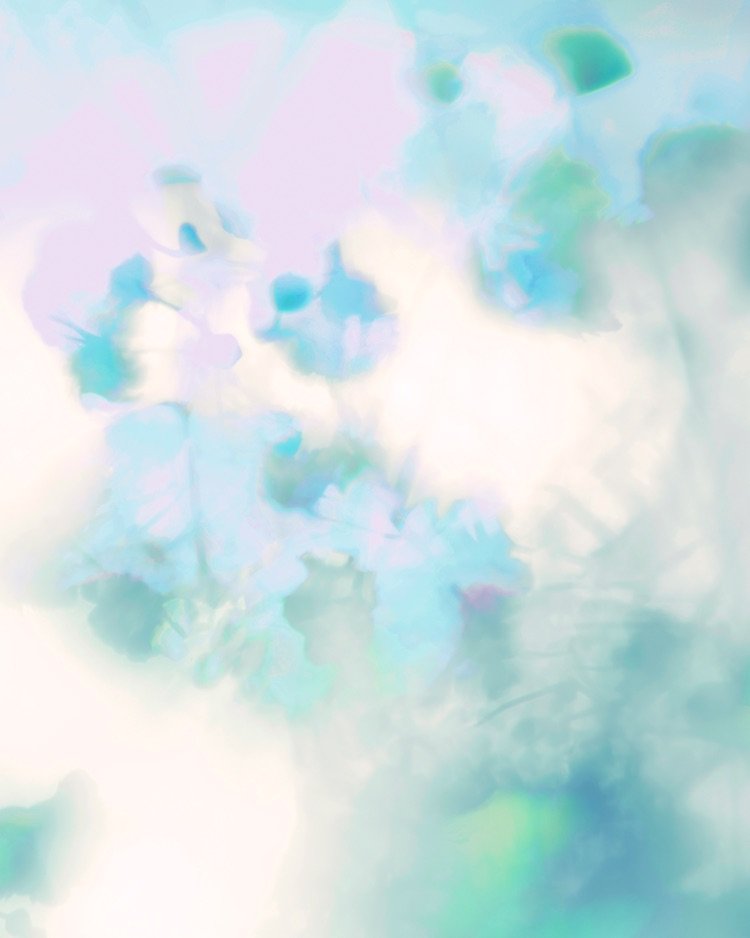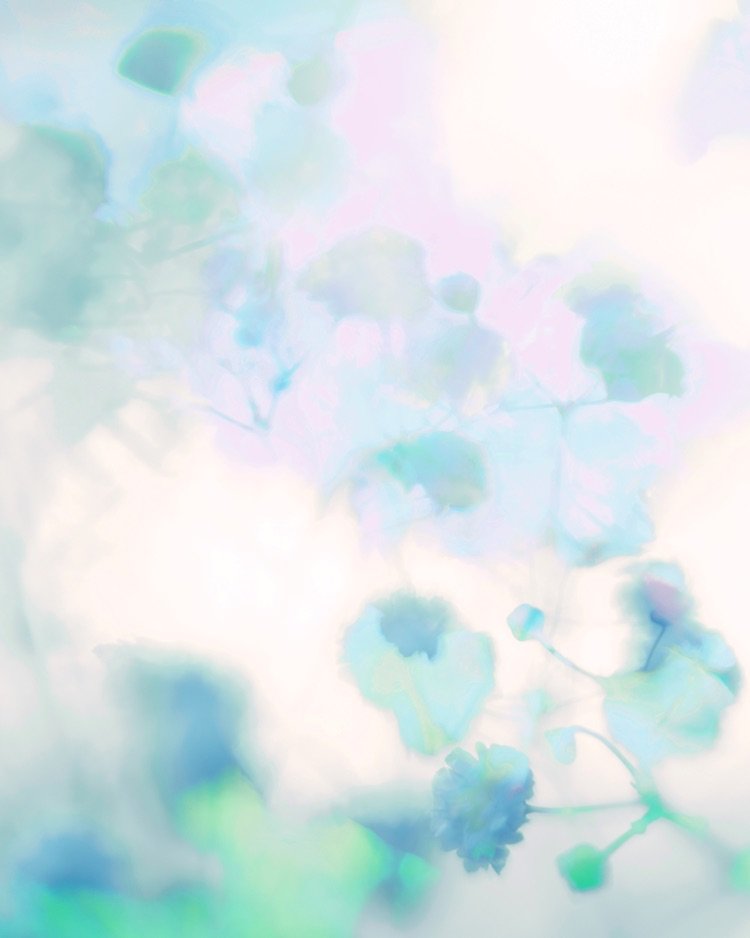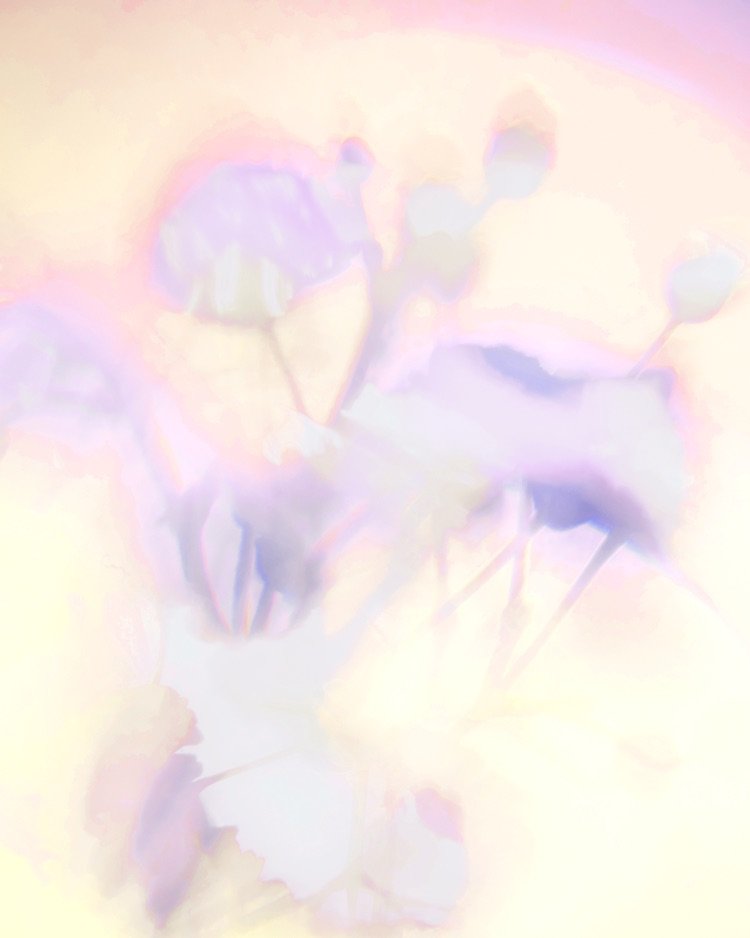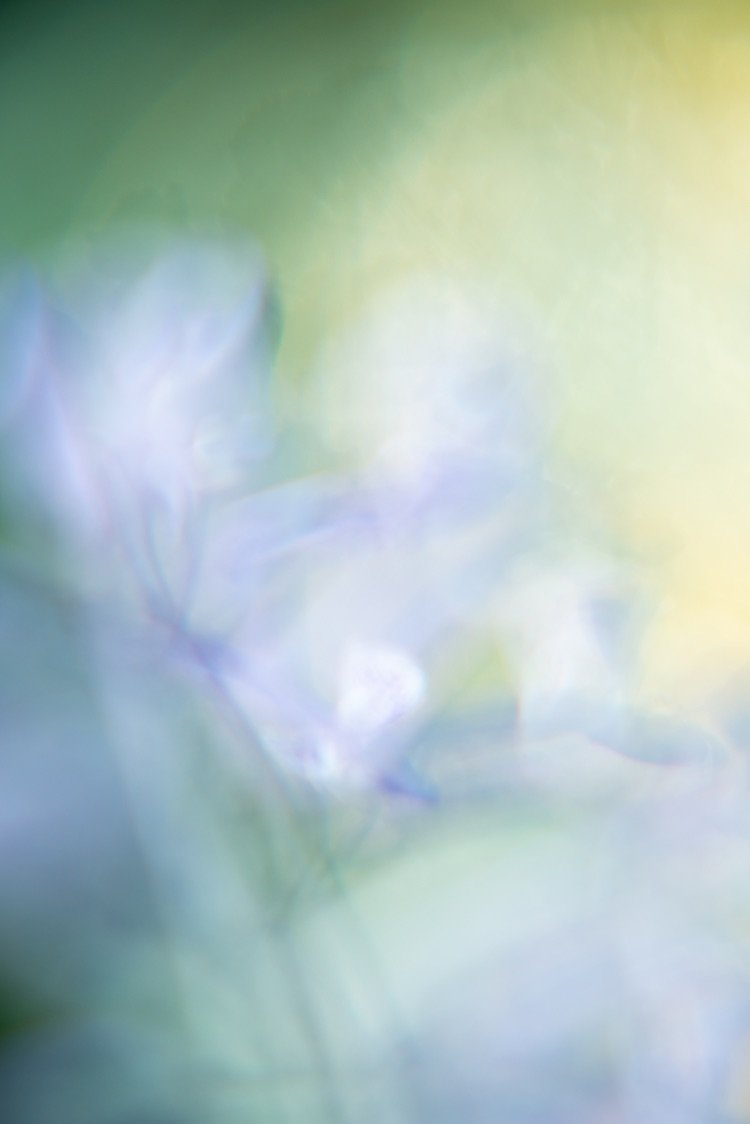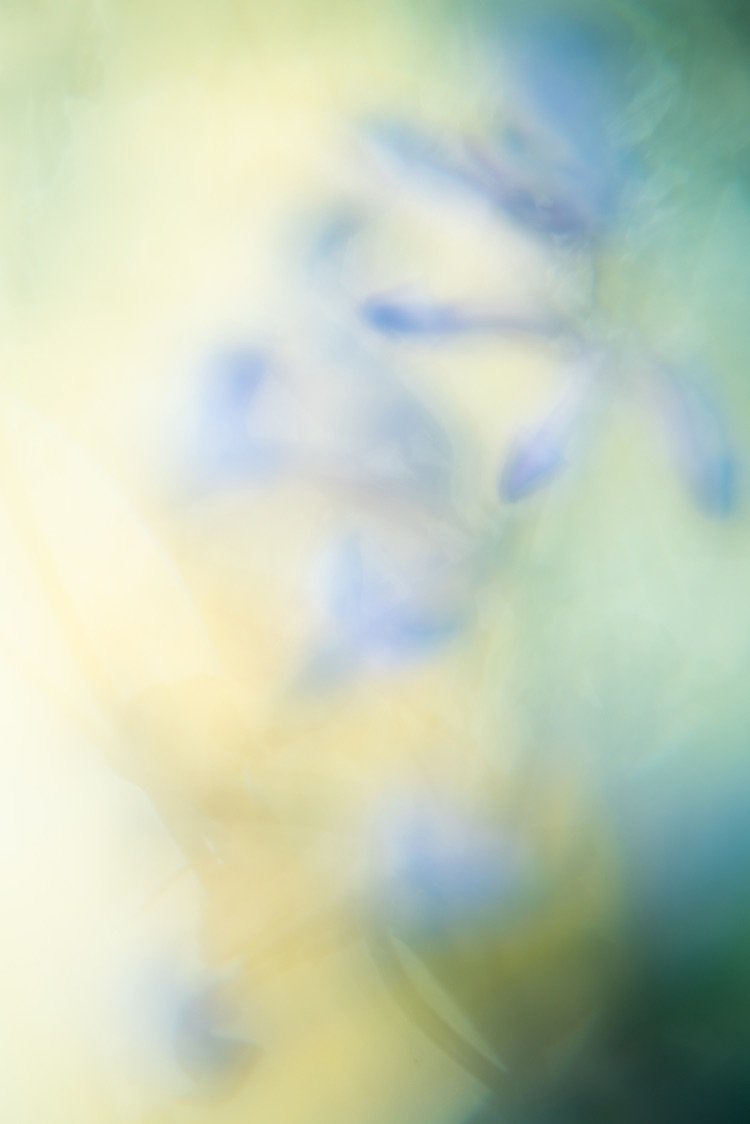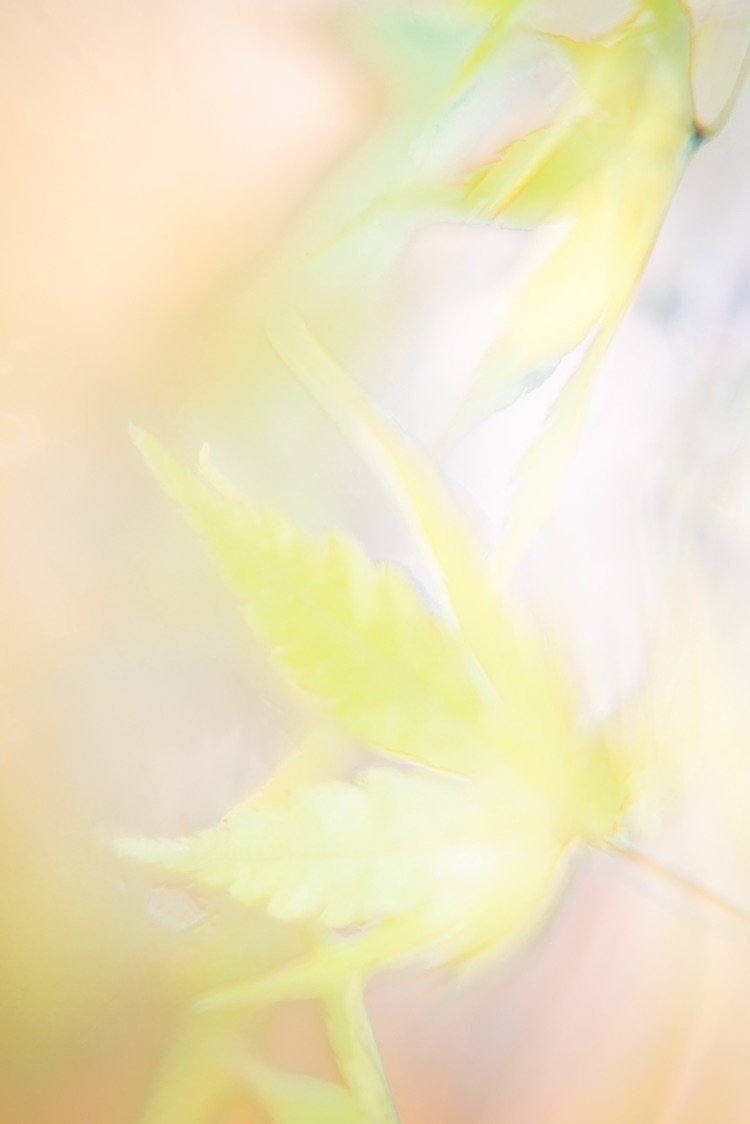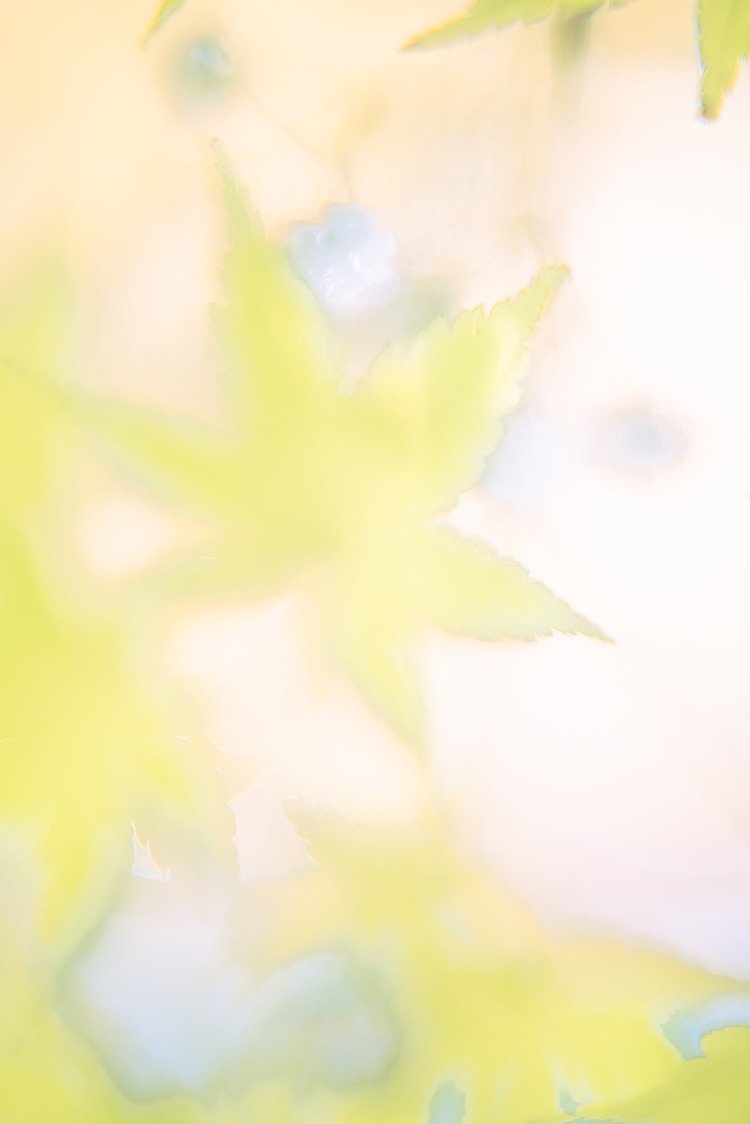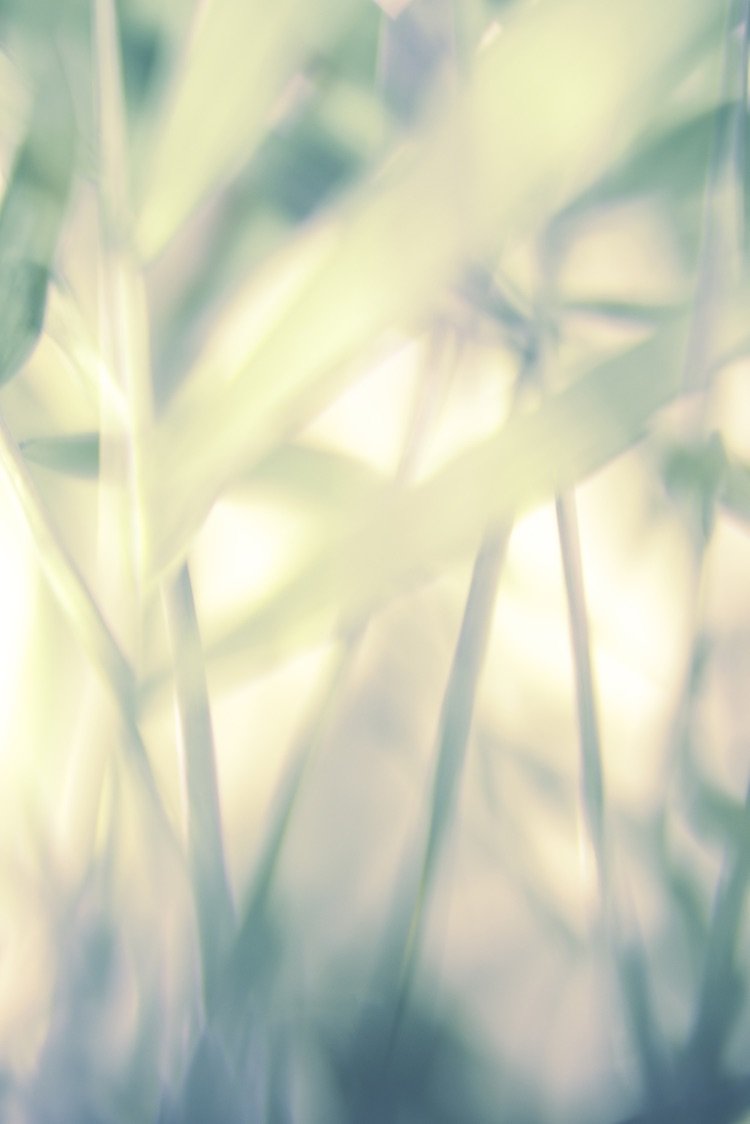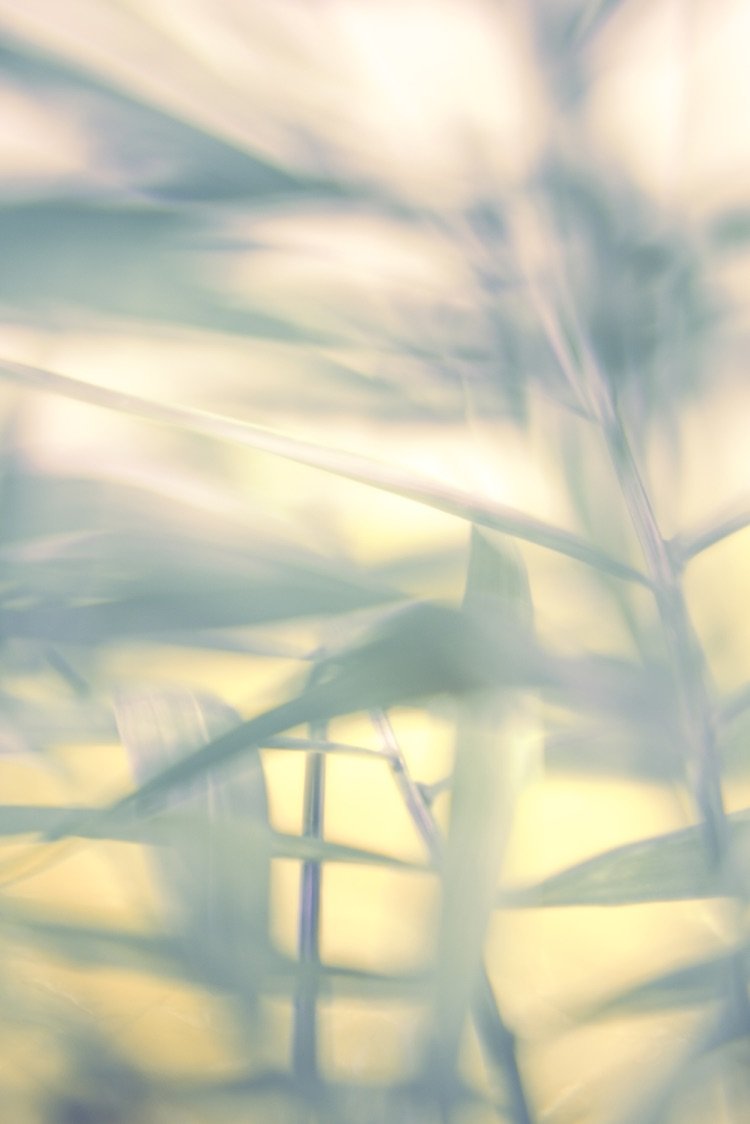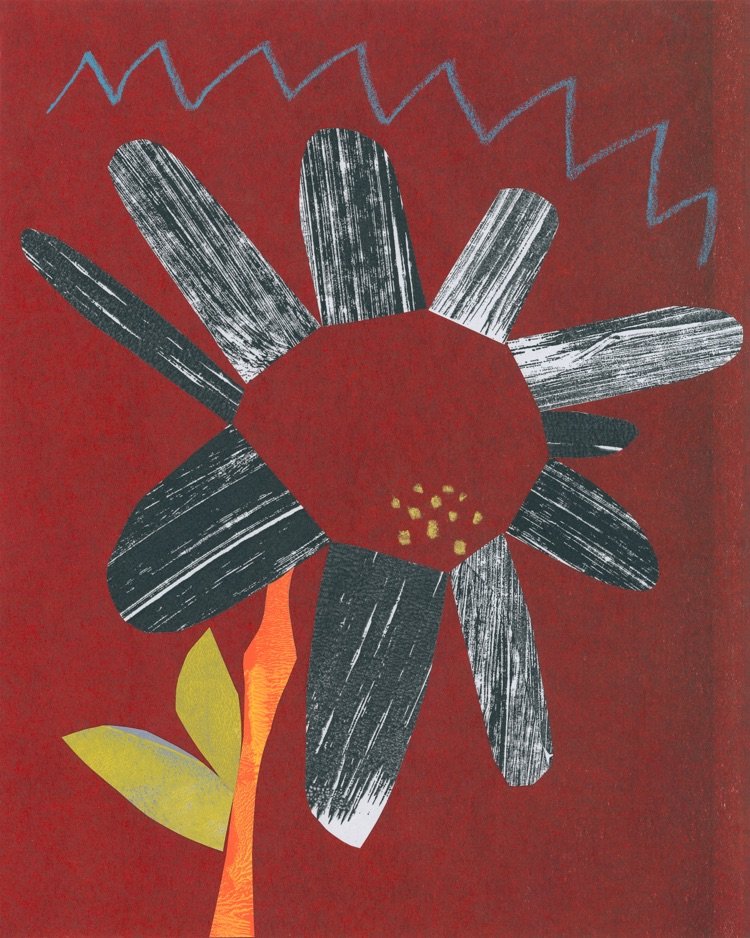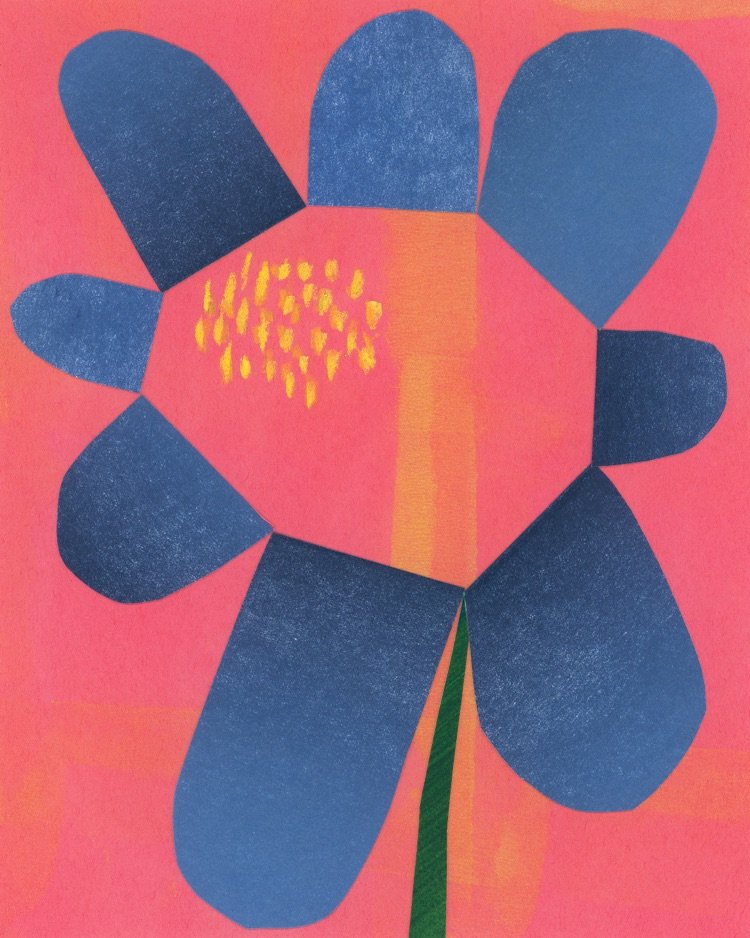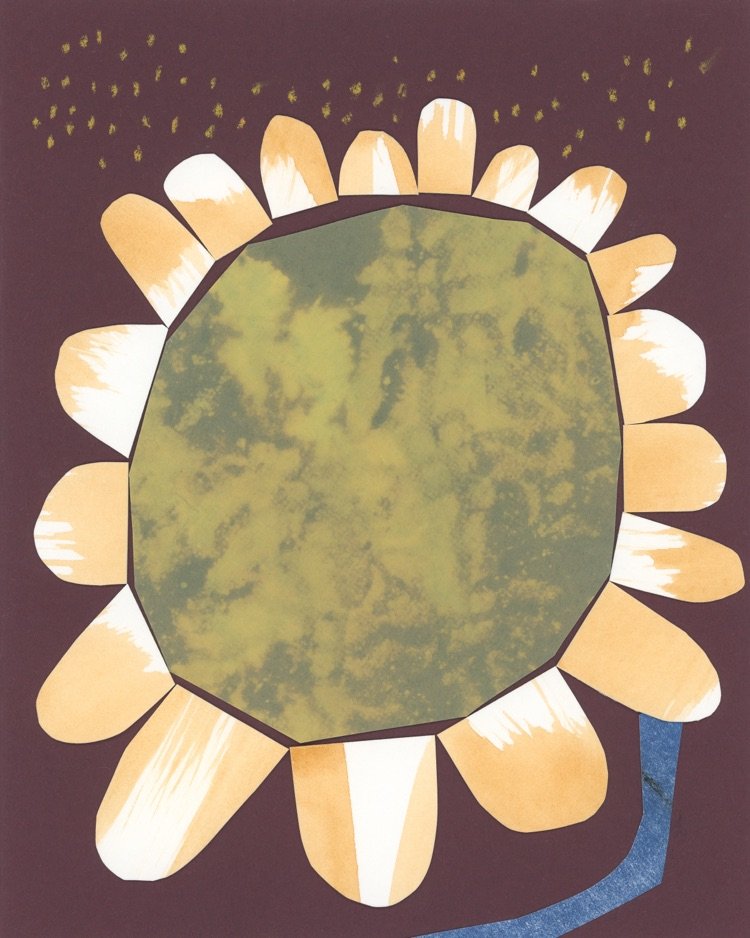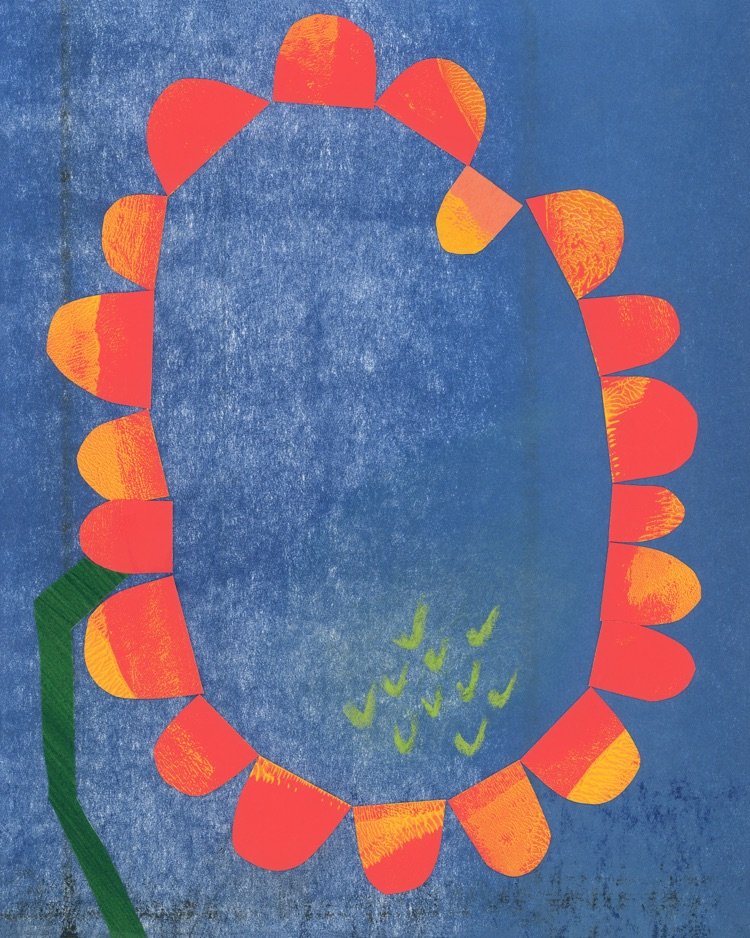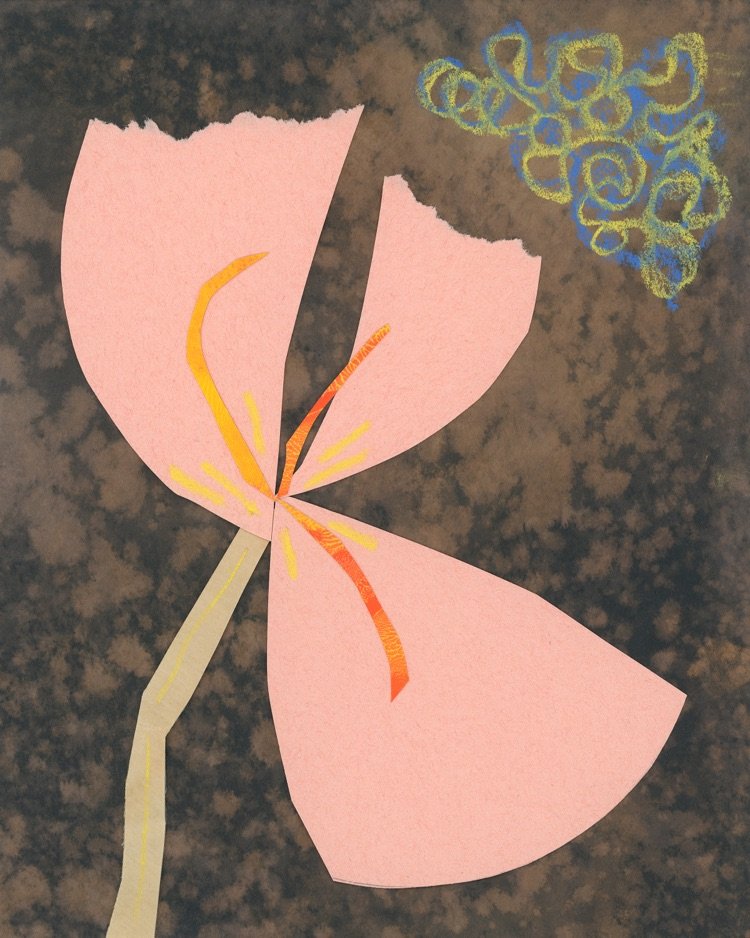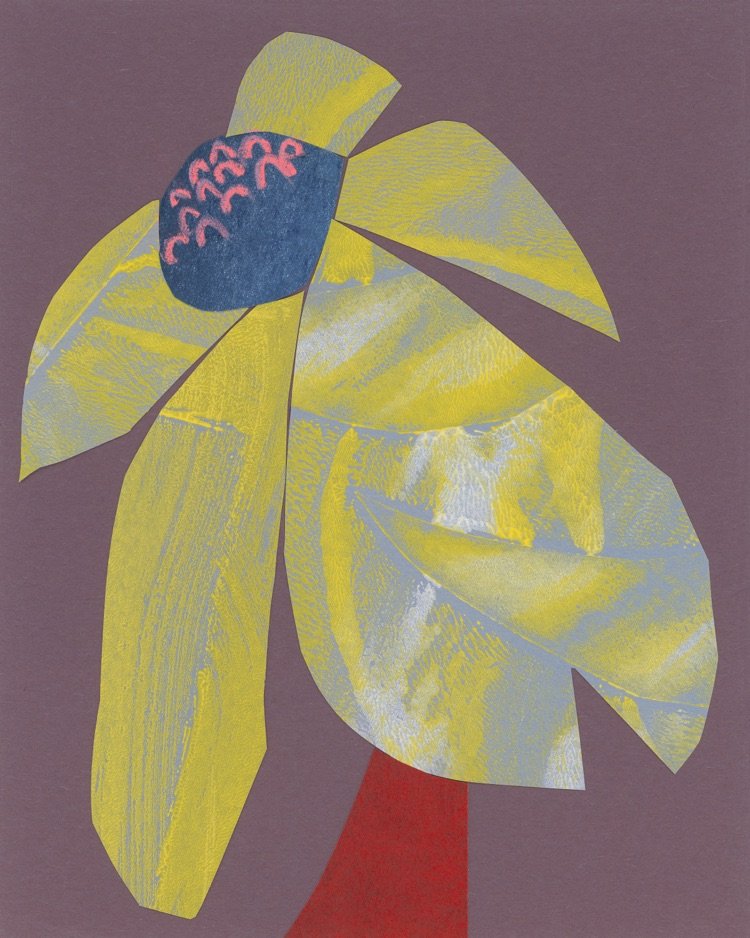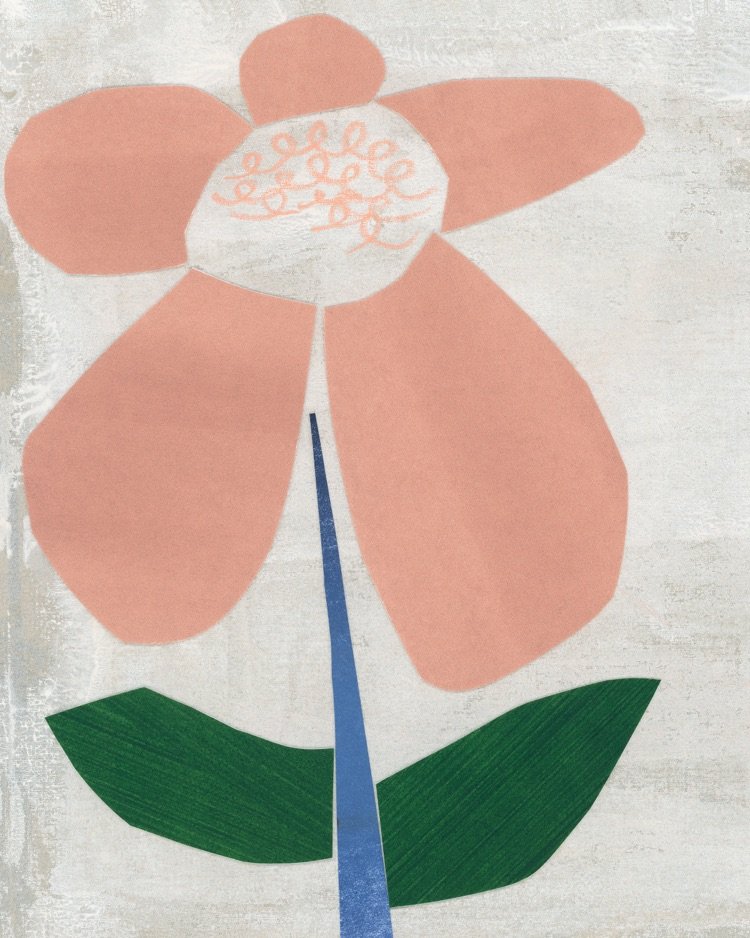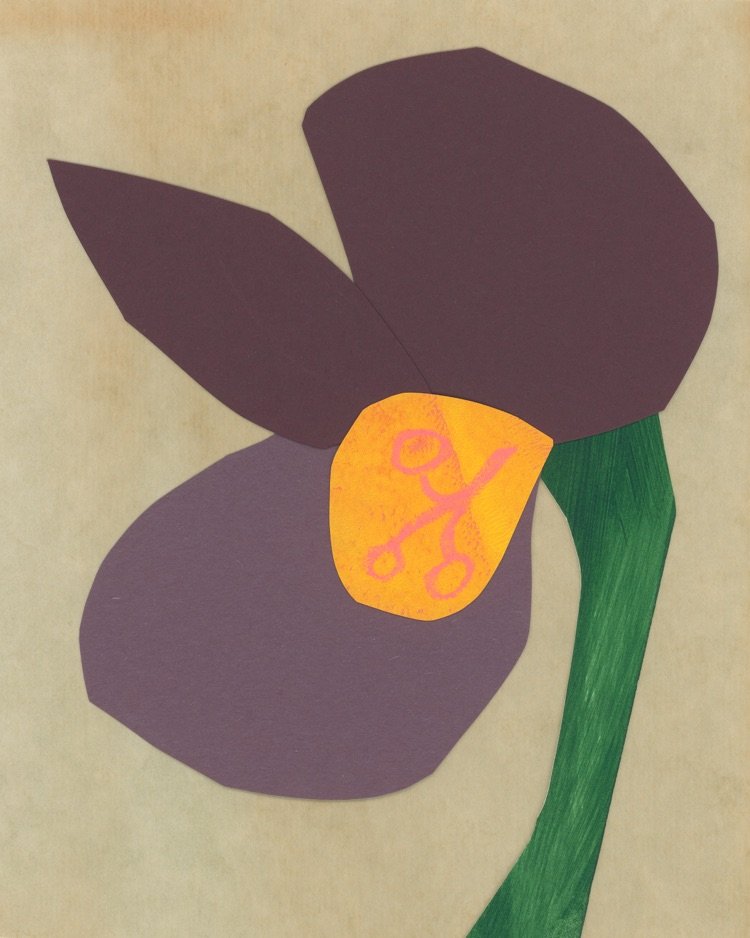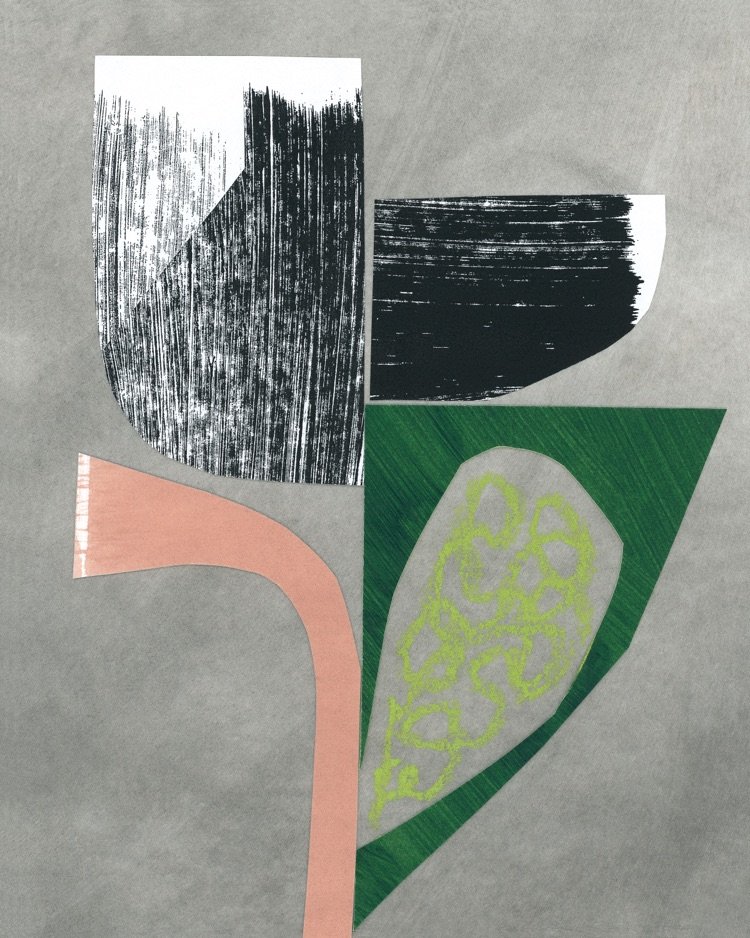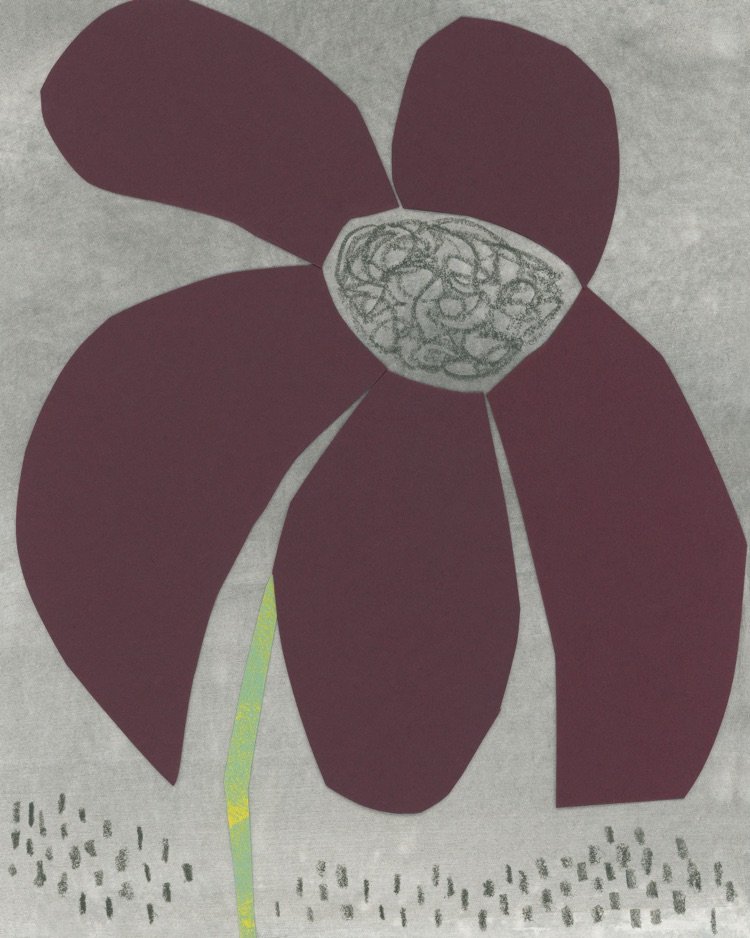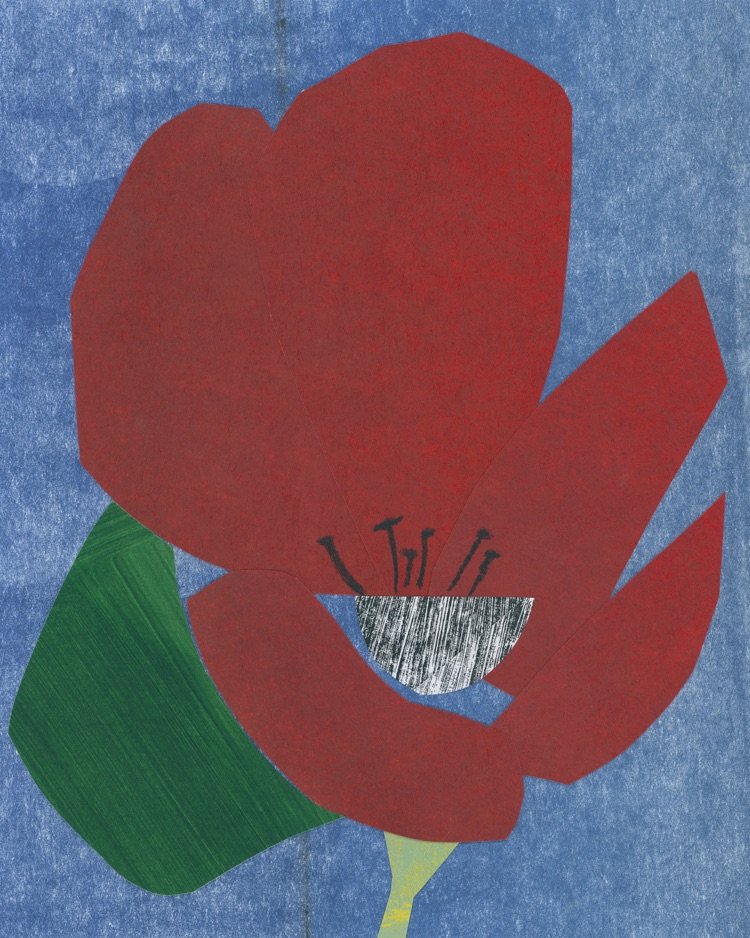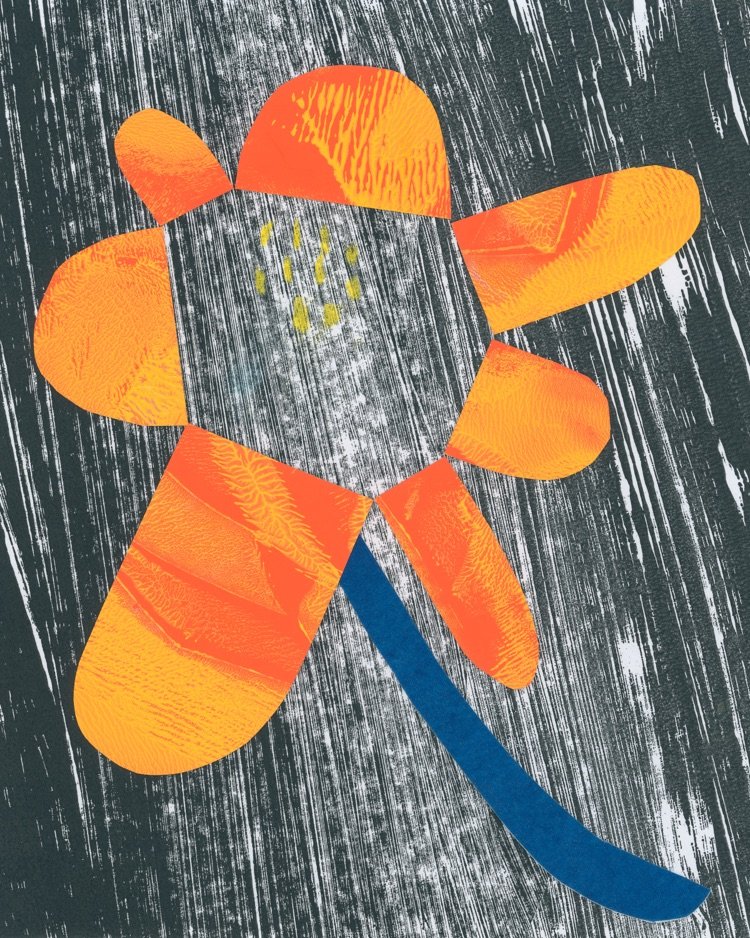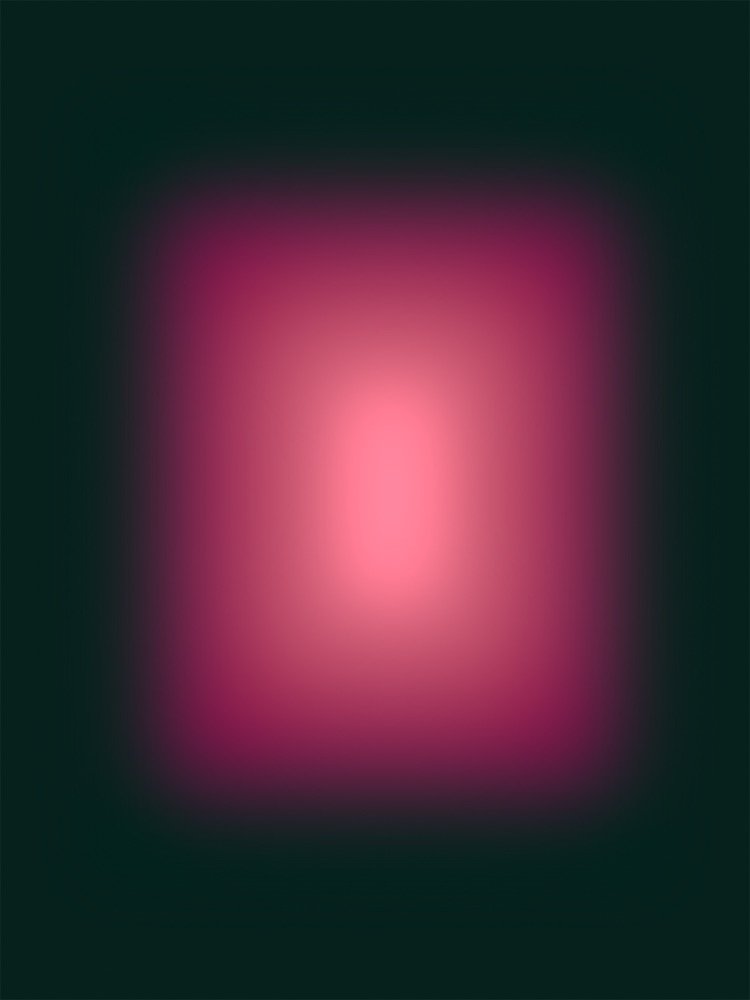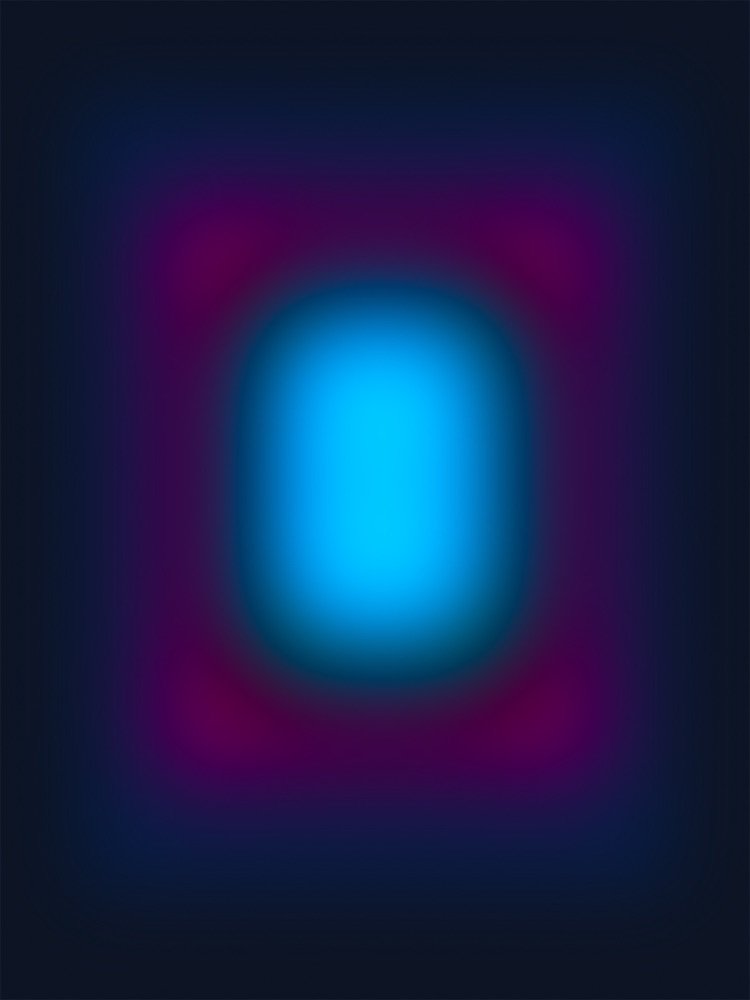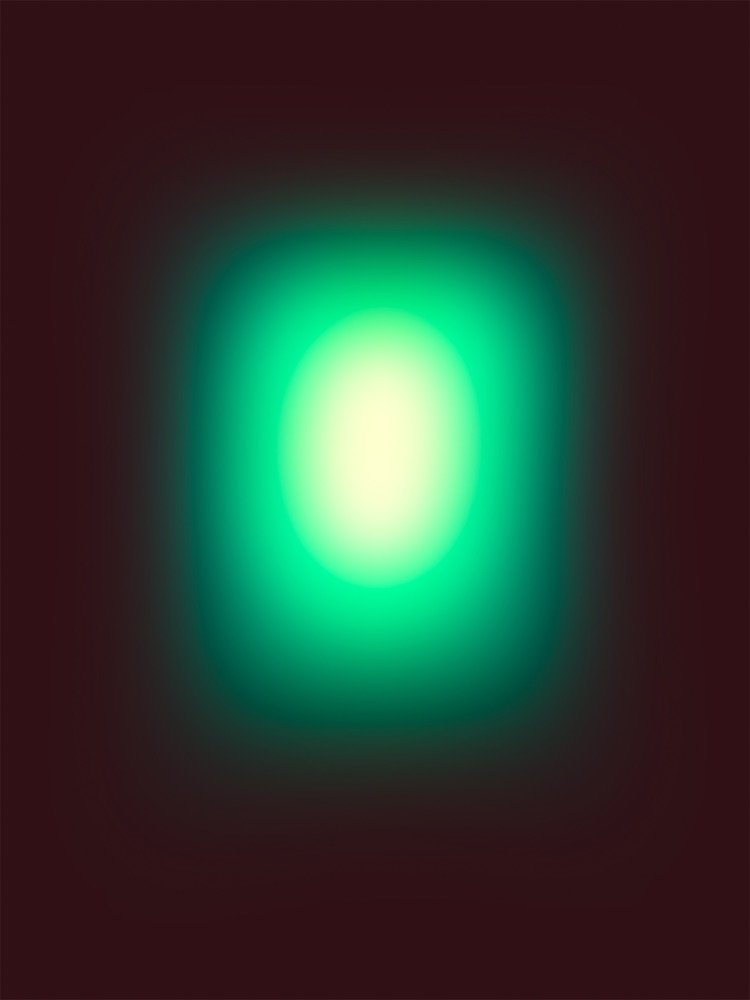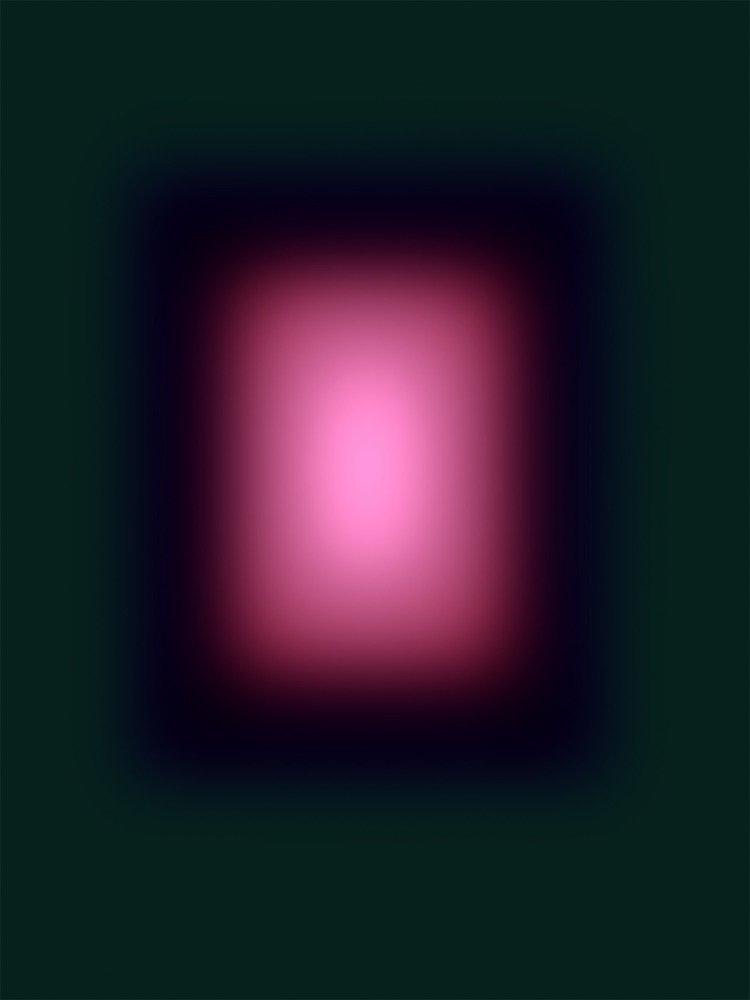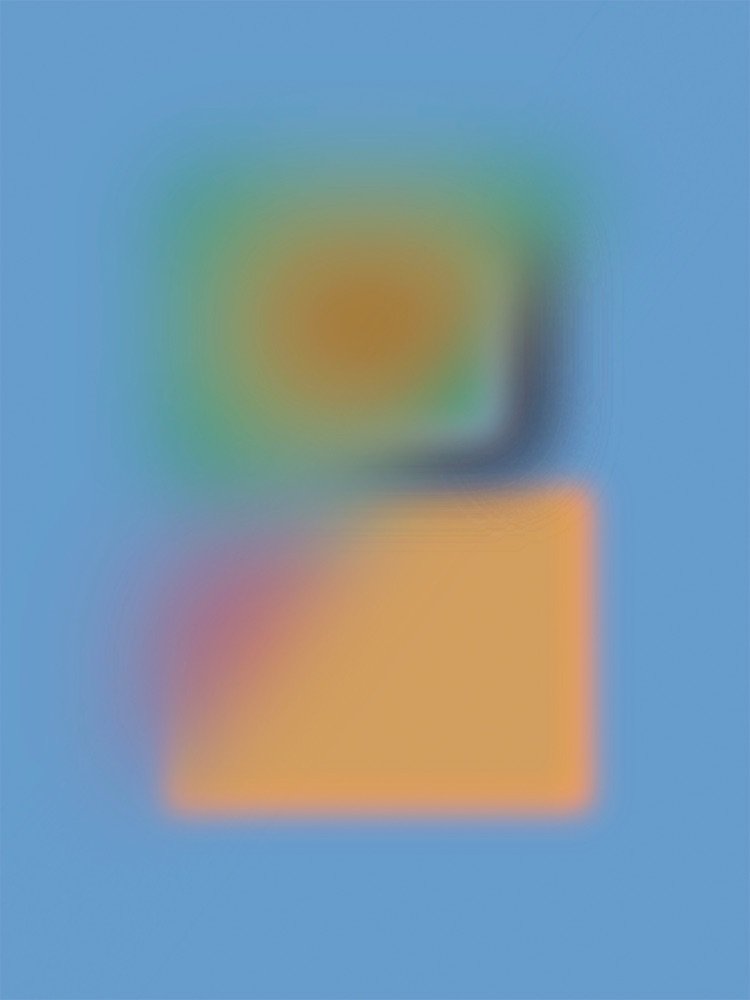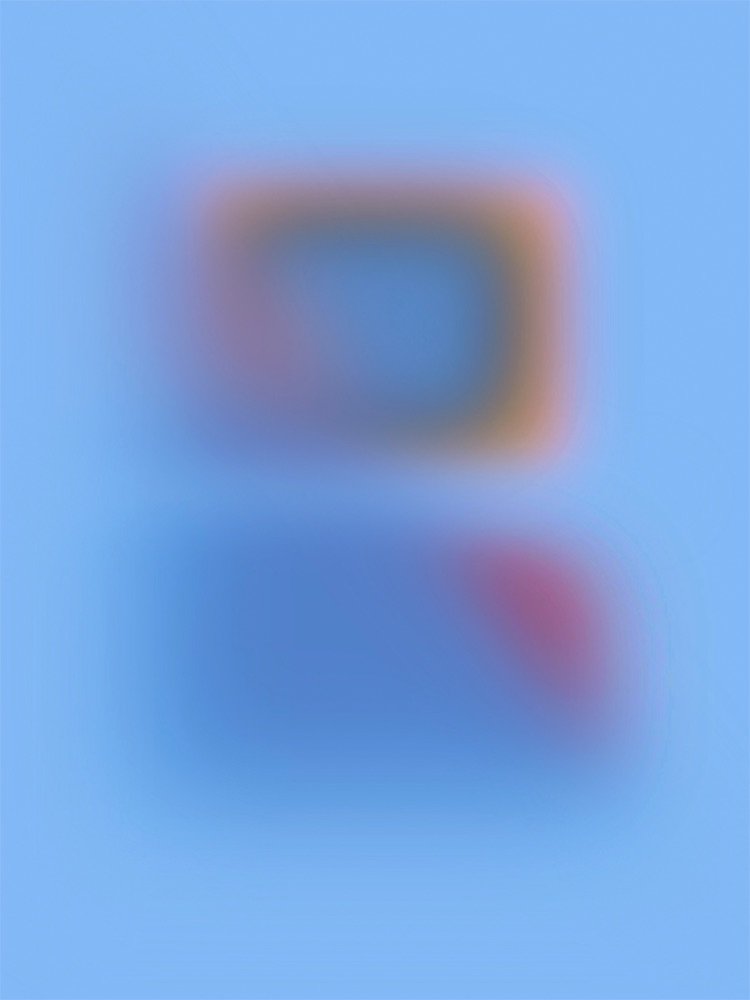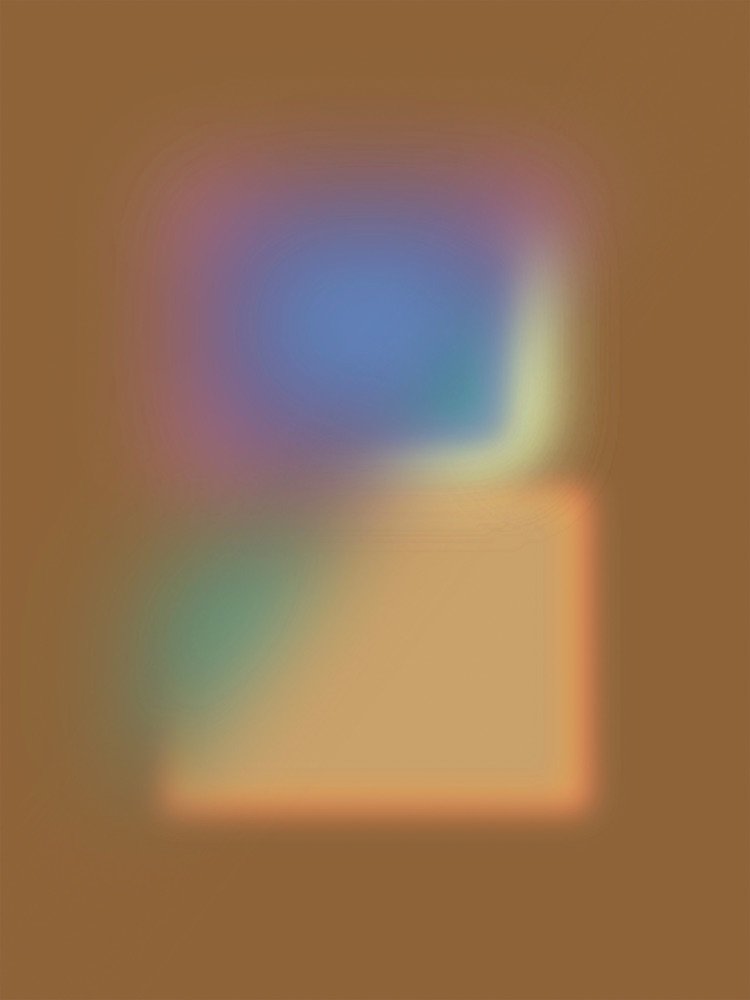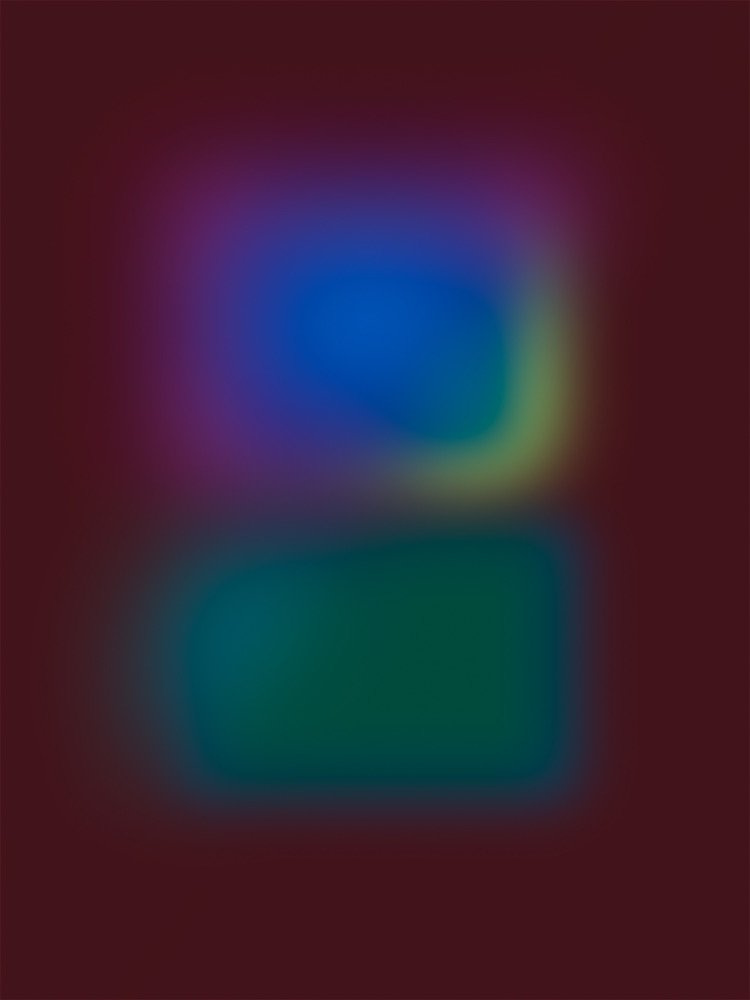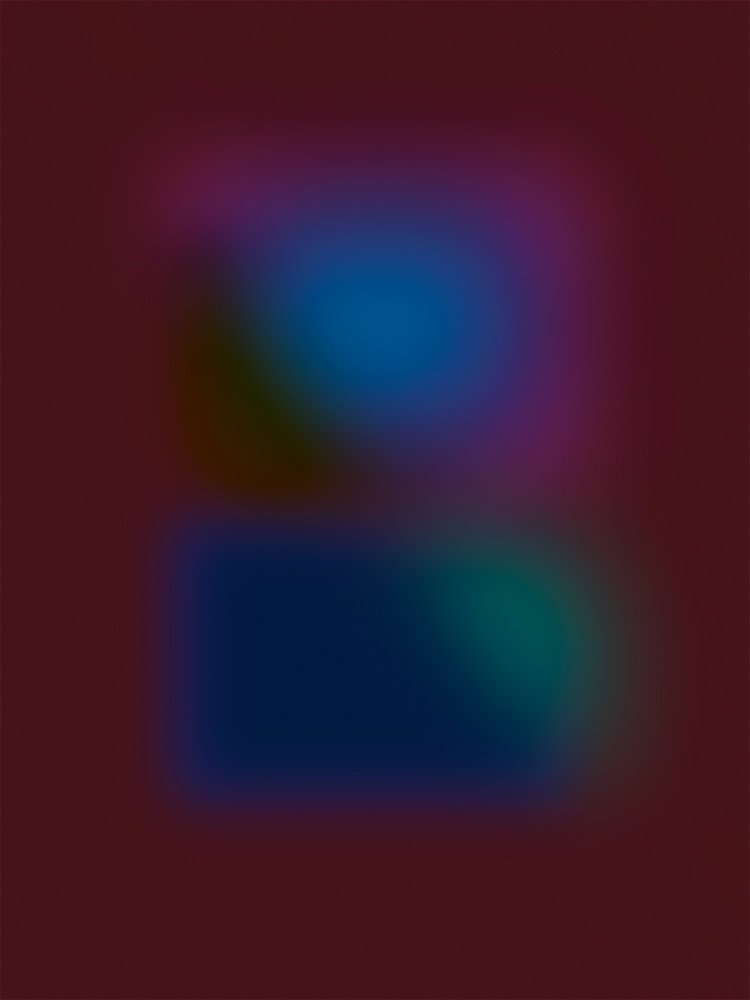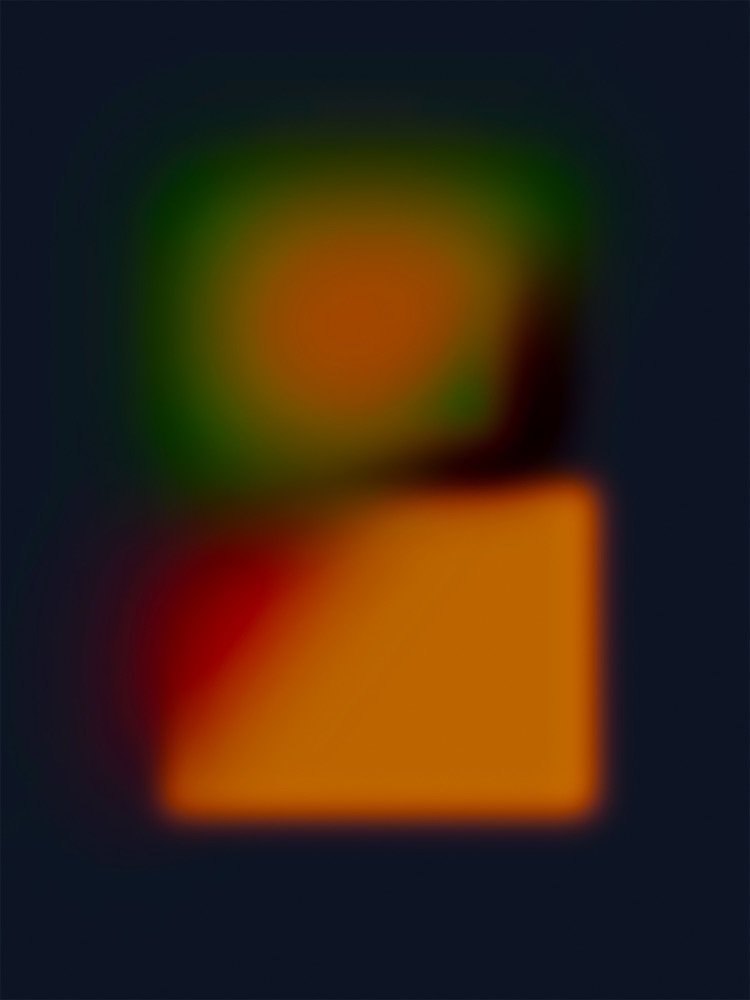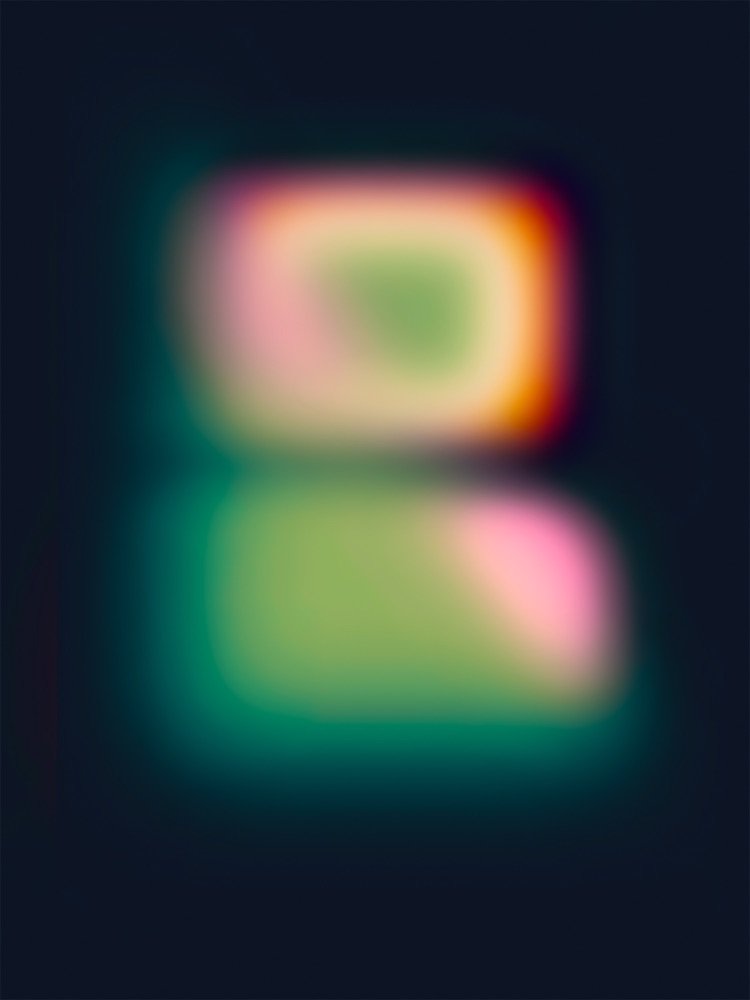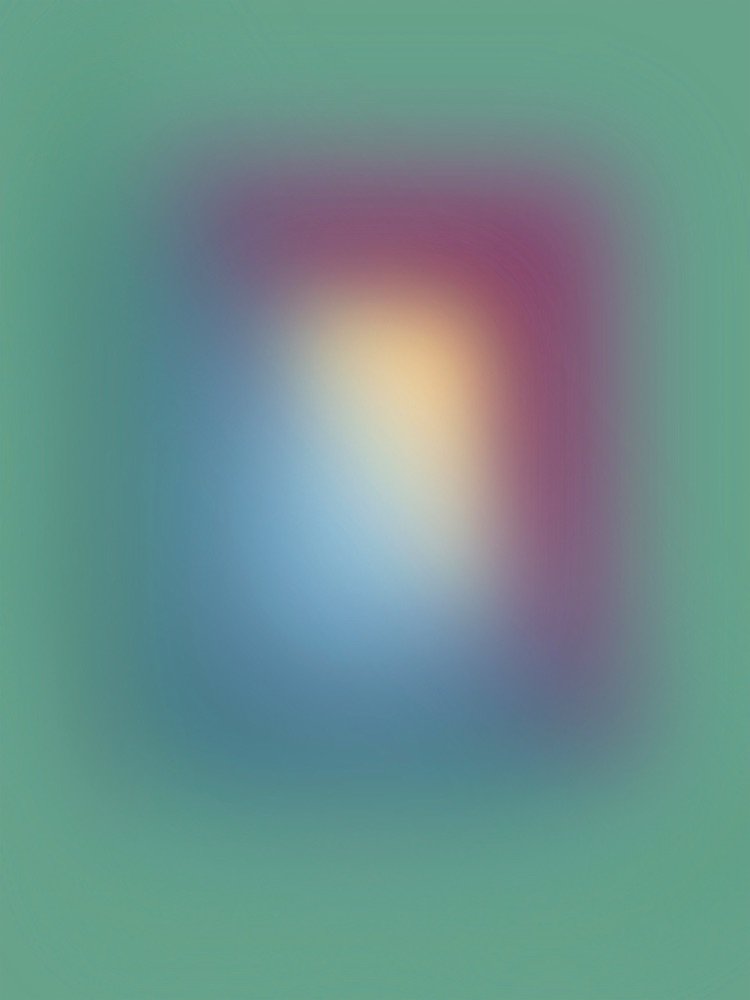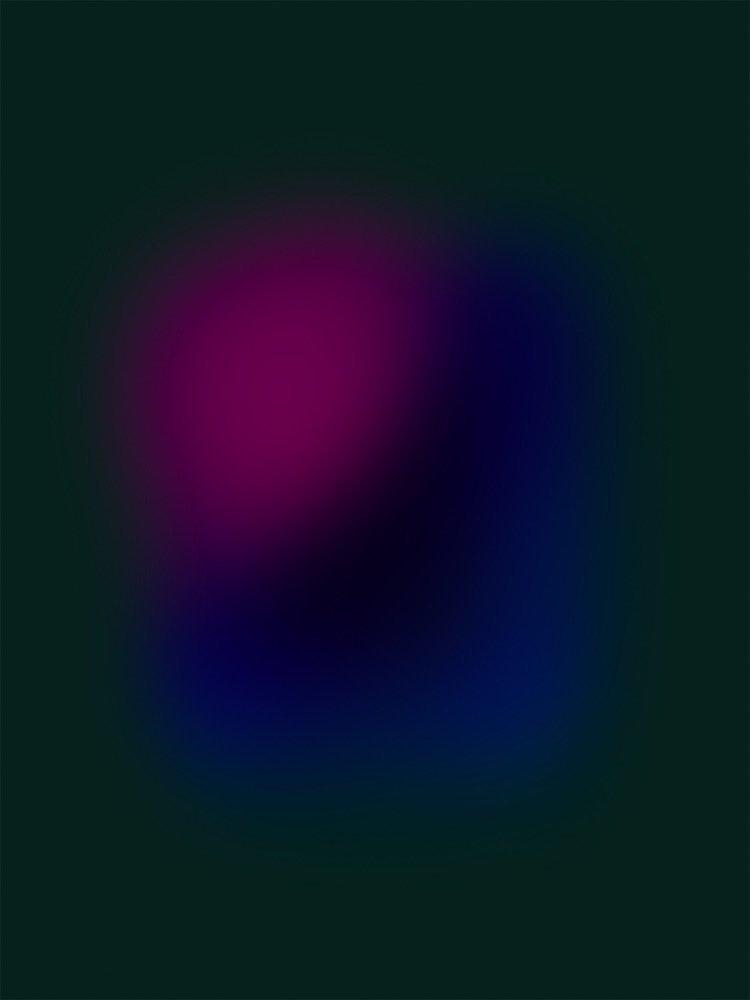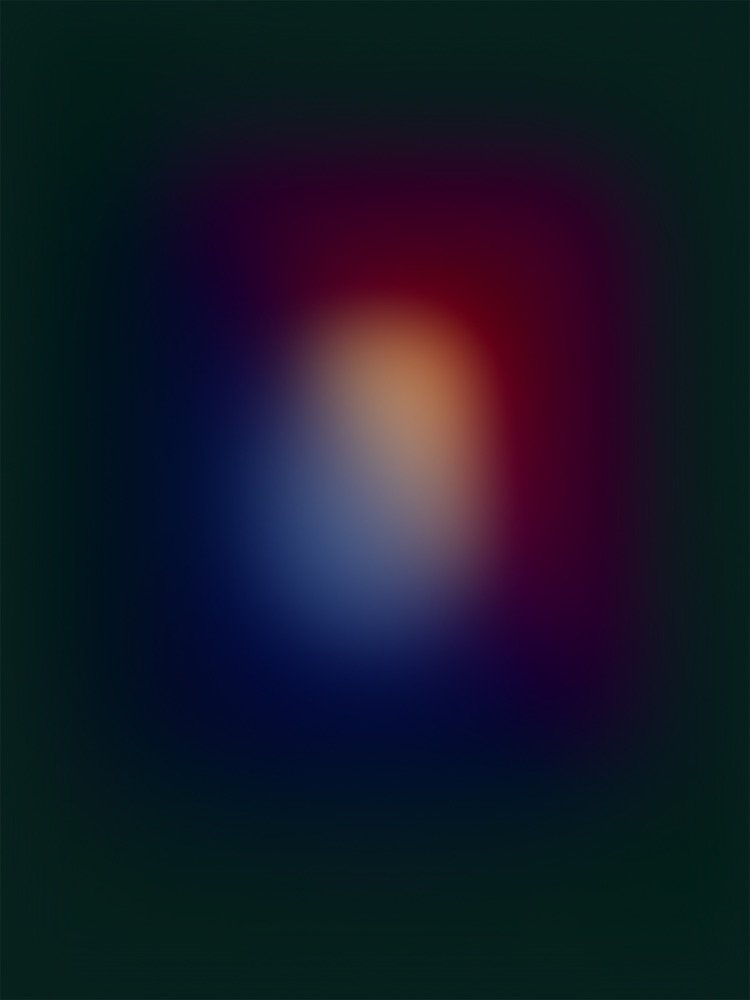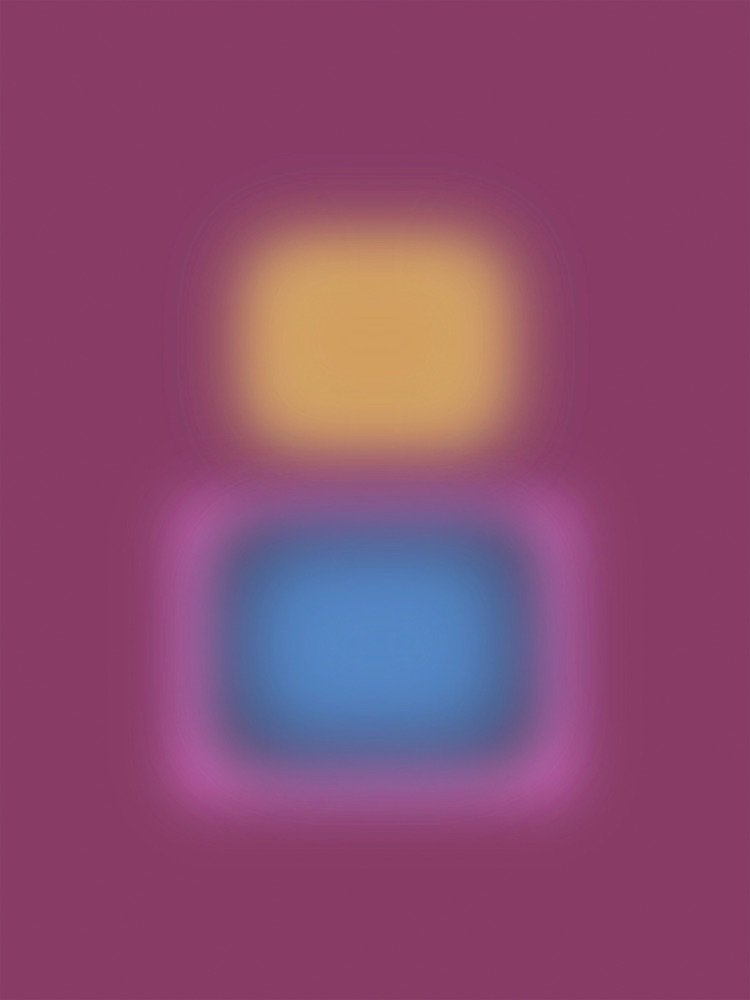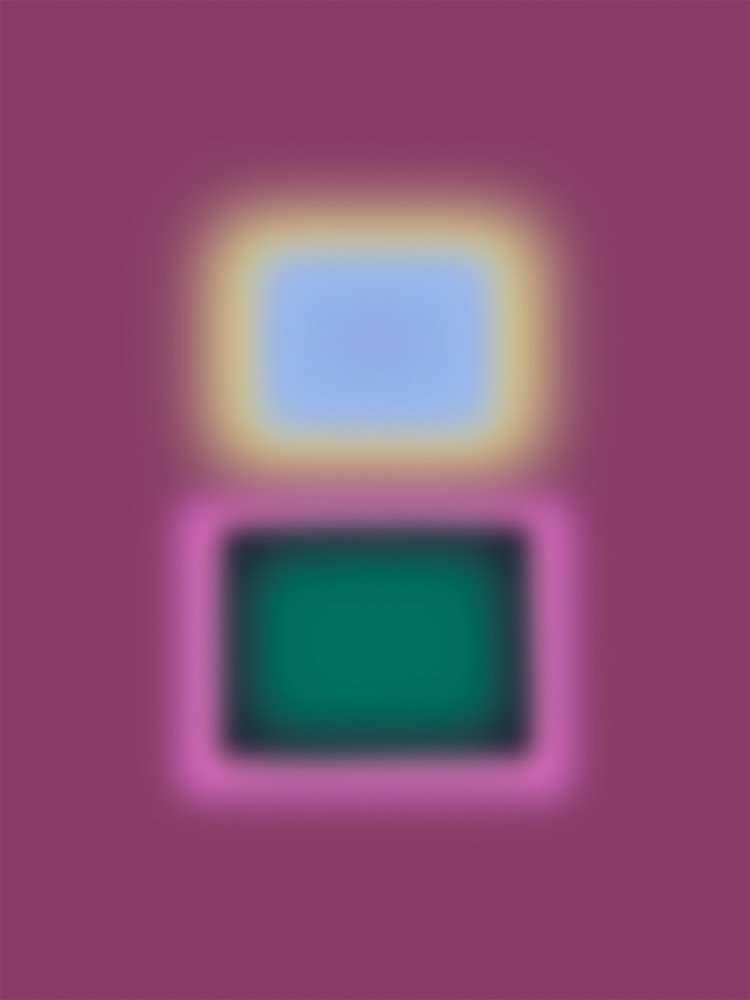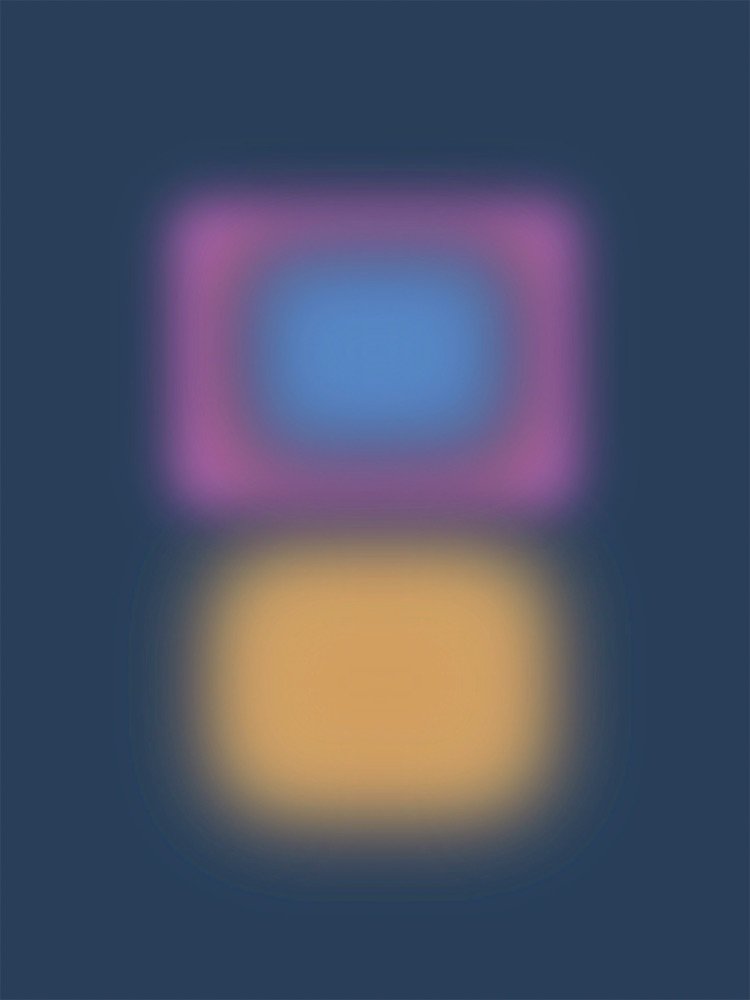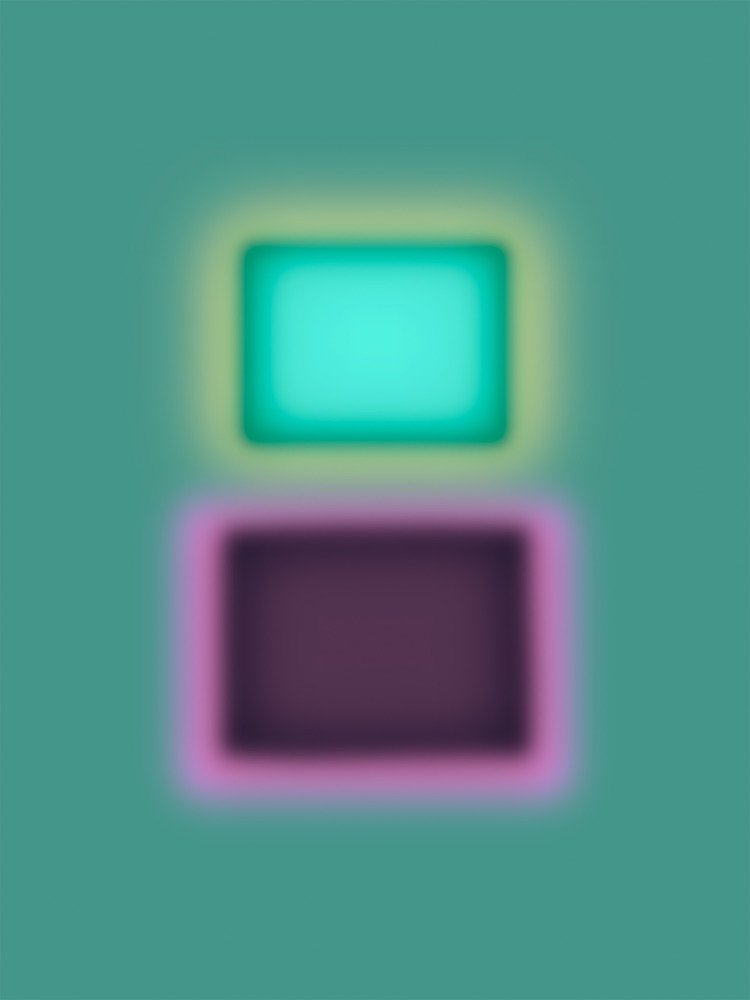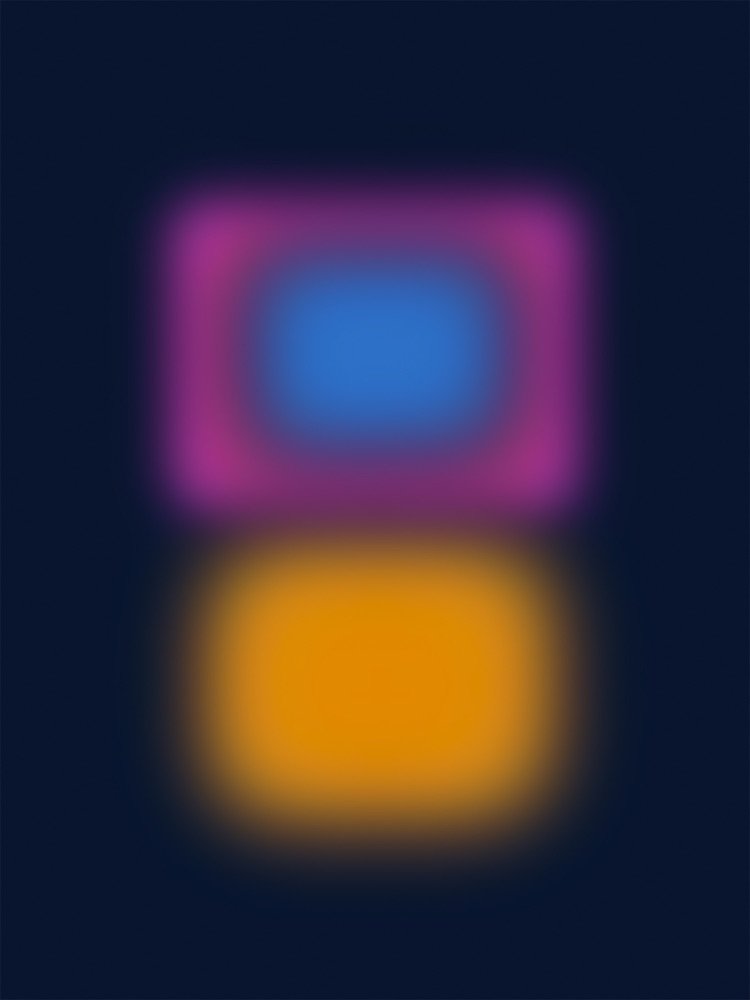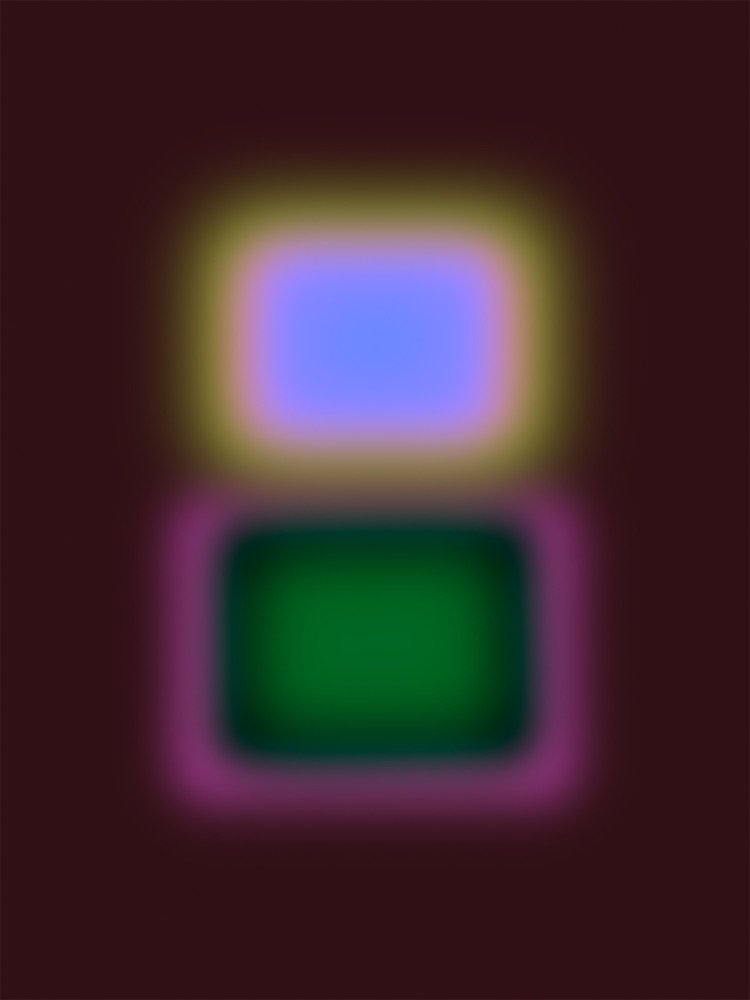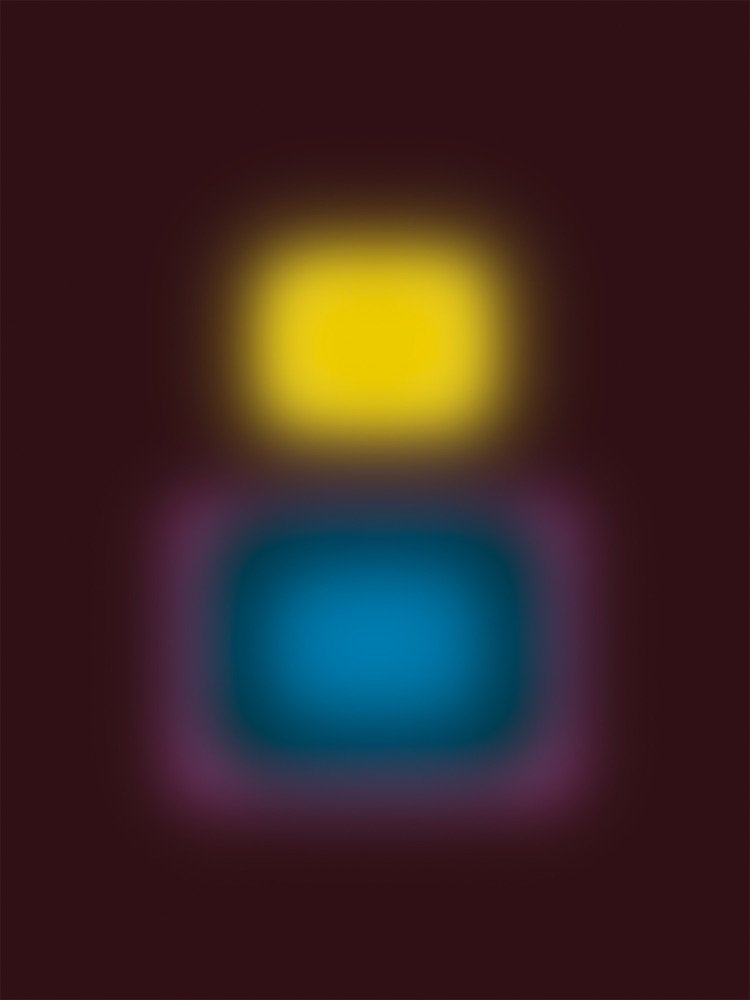Renée Stramel
About Renée:
Renée Stramel is a multi-media artist currently residing in Richmond, Virginia. Hers is a story of continual rebirth and reinvention.
After attending art school at Virginia Commonwealth University, Renée pivoted to earn her Associates Degree in Applied Science for Photographic Equipment Technology. After a successful decade in the field of camera repair, including leading a regional group of independent technicians, the industry had begun to wane. Renée realized the need to adapt and evolve. She returned to her passion for creating, seizing an opportunity with art publishing company Old World Prints as a watercolor production artist, hand coloring both antique and newly designed art prints. As Old World Prints grew and expanded into The World Art Group, so did Renée’s role within the company where she founded and developed a new product line called Embellished Prints. Embellishment quickly grew to become a flagship product line for World Art Group with Renée leading a team of seven in the creation and production of up to 1600 pieces of finished art per week.
In 2020, Renée left World Art Group to forge a new path focusing on art and design for both wall decor and surface pattern design. Working and creating in traditional as well as digital mediums, her work is tirelessly experimental and innovative in techniques and materials. With a focus on the abstract, Renée has a bright and optimistic design sense with a flair for the dramatic.
She resides with her filmmaker husband Jim and their two cats, Mitzi and Mo. "Art is at the heart of everything we do." she explains. "It’s all about the joy that comes from creating.”
Grand Image: How did you get your start in art?
RS: I have been doing art my whole life, leading to attending both the Corcoran School of Art and VCU School of the Arts. After art school I took a detour and segued into repairing film cameras for a little over a decade. By 2003 technology was changing and I knew it was time to change things up. I was working on a certificate in Landscape Design and it really reignited my creative passion. Fate stepped in and I was offered a job as a production artist, hand coloring art prints.
That company grew and morphed into an art publishing powerhouse and I grew along with it, eventually managing a department of 6 specialized artists creating high quality artwork on a massive scale. I really loved what I did and thought the company and opportunities would continue to grow. Unfortunately, the company was acquired by a much larger corporate entity that wasn’t interested in highly trained artists. It was clearly time for a change and that’s when I stepped out on my own as an independent artist pursuing fine art, surface design and photography.
Grand Image: Where are you from and how is that reflected in your work?
RS: I live and work in Richmond, Va, where I’ve been since the mid-eighties, but I’m originally from Alexandria, Va., a suburb outside of Washington D.C. Growing up in such a diverse and cosmopolitan atmosphere definitely exposed me to the power that art can have. Ready access to the many museums such as the Smithsonian and the Hirshhorn as well as the many boutique galleries. Along with the growing Washington Color School and the DIY post punk scene, art was everywhere. It was accessible, and it had something to say.
Grand Image: How has your relationship with art changed the way you view the world?
RS: Details. Textures. I am always looking at little details around me. The way light may be skipping across water. The tactile presence in a section of concrete. An artist’s eyes sees the world differently. I am constantly amazed and inspired by what can be made by human hands, and the feelings that can be conveyed wordlessly through those creations. Art communicates with people, unites people. It says you are not alone in this world.
Grand Image: How do you balance giving space for creativity while meeting deadlines and consistently producing new work?
RS: It can be really difficult. I used to beat myself up if I wasn’t in the studio working on something everyday. Now, I’m realizing how important it is to step back and be more thoughtful in how I spend my time and energy. I tend to work on multiple projects at once, balancing priorities, deadlines, and exploring new ideas - while still mixing in the administrative duties throughout the day/week. This also allows me to pivot and move between projects if I happen to be stuck on something and it gives me the flexibility to follow my muse when inspiration strikes. The clock is always ticking, but the work ebbs and flows and doesn’t fit neatly into a box from week to week and that’s Ok. It’s why I am an artist in the first place.
Grand Image: Do you stay up to date on trends? Why or why not?
RS: I do. I think it’s important to keep up with trends but not necessarily follow them to a ‘T’. There is a difference between being trendy and following a trend. Trends are really reflections of larger truths going on in our culture and how we are feeling as humans. We, as artists, sift through those feelings and create relationships between disparate thoughts and feelings. I feel it’s my responsibility to be aware of those cultural waves and think about them through the lens of my own work. I also just like the kind of problem solving that comes with trying to reflect a trend. There is a certain satisfaction that comes from capturing it but still putting your own stamp on it. I will also add that one reason I aspired to work with Grand Image is because they are a driver of trends in art publishing. They appreciate cutting edge work and value the quirky hand of the artist and the vision behind it.
Grand Image: You work in multiple mediums. Which is your favorite and why?
RS: Acrylic has always been a favorite. There are so many new acrylic products these days. I have been using a French acrylic/vinyl paint called Flashe. It has the beautiful velvety matte quality of gouache, but is made for murals. It has great lightfastness and doesn’t need a protective coat of varnish. Other media include Acryla gouache, gouache and watercolor. Digital photography, Photoshop and Procreate are just as important when it comes to media as well.
Grand Image: What is your current source of inspiration?
RS: My biggest source is inspiration right now is Italian cinema from the 60’s and 70’s. 70’s especially. The horror and thriller genre’s. The incredible maximalism that we see en vogue now is directly related to the Italian set design of that period. Huge volumes of color and clashing patterns are on parade and I love it all. Watch any ‘Giallo’ or Mario Bava movie from that period and prepare to be dazzled.
Grand Image: Tell us a little bit about your time as a production artist. What skills did you learn? How does it inform your creative choices today?
RS: Becoming a production artist definitely changed me as an artist. I started my career hand coloring antique prints. Not only did my speed improve, but so did execution as a whole. Also, what the eye goes to in a print and it’s visual hierarchy as to what should look perfect and what can go a little off the rails. Later, when I ran the Embellishment Department, where we created large ‘multi-original’ works, the focus was setting yourself apart from just a plain print on paper or painting on canvas. Heavy texture, experimentation and efficiency became the focus. I was always soaking up new ideas and techniques and trying to find the fastest way to achieve ‘a look’. I really learned how to problem solve, think on my feet an ultimately become a leader amongst a motley crew of artistic thinkers.
Now, I’m trying to unlearn some of that. That each step doesn’t need to be the fastest between point A and B. That it’s ok to take my time and meander or even just stop and think about something for a few days. I never had that luxury before. It’s been a gift to be able to do that.
Grand Image: What does your artwork say about you as a person?
RS: I am ultimately an optimist. I think you can see that looking over the body of my work. I have my moments, as we all do, lol, but over all, I think optimism is what comes through the most and I want folks to feel hopeful optimistic when they see my work.
Grand Image: What artists inspire you? What do you like about them?
RS: Matisse for his whimsy and form. Ellsworth Kelly for his negative space and elegant minimalism. Rothko for saturated colors that change your very perception of said color. Warhol for his elevated, mundane objects and in your face maximalist presentations. And finally, David Hockney for his clear and intended vision of studying human perception. His hallucinatory colors, tireless experimentation with media and work ethic are big influences. He thinks BIG and is a giant.
Grand Image: If you could have your artwork hung anywhere in the world, where would you like that to be and why?
RS: Ultimately, it belongs around people. I don’t care what the venue. I want my work to make someone smile everyday and bring a sense of hope to their outlook on life.
Grand Image: What is your favorite way to implement self care?
RS: Everyday I take a shower. It sounds silly, but it is the one daily ritual I stick to and it’s where a lot of ideas are generated. It sets the tone for the day and gives me time to check in with myself. To relax, I’m either gardening or doing a crossword puzzle or just sitting on our patio enjoying a cocktail. My husband and I also watch a lot of film (good and bad) and have deep conversations about the lighting, production design or reoccurring motifs, etc. Analyzing that stuff is fascinating to me and it helps him in his cinematography.
Grand Image: What advice would you give someone starting out as an artist?
RS: Do something towards your art everyday and make it a habit. Make a LOT of art. The bad art is almost more important to do in the beginning. You are working through ideas even if you can’t quite execute them and you won’t improve without practice. Success won’t come immediately so just keep making stuff. Make a lot of crap! Also, become active in your artistic community. Those connections will be long lasting and you never know how they will effect your life years down the road. And, maintain those friendships with other artists, even (especially) if your work doesn’t align. Artistic conversations between different practicing artists breeds cross pollination. It’s amazing how someone who does completely different work from mine can somehow tweak my perspective on how I approach a painting or a problem. It’s really important to maintain those friendships and connections throughout your life, for they will sustain you during the lean times.


